|
I don’t consider myself a superstitious person, but I do believe that many things come in three’s. After 106F weather in Coeur d’Alene in June 2021, then Ironman California being completely canceled due to the atmospheric river and cyclone bomb that hit on October 24, 2021, then the stomach flu the day before Ironman Arizona that left me with IV fluids and zofran to stop the vomiting in November 2021, I was CERTAIN that everything would be fine at the Ironman World Championship in Utah. Plus my training partner who I was absolutely certain was bringing the bad weather to all our races wasn’t going to be in Utah (but I'm not superstitious 😜). Bad news. Either things come in fours…or I’m the bearer of the bad weather. Technically, the Ironman World Championship weather wasn’t as bad a Cd’A or California, but it certainly didn’t make things easy layered on top of arguably one of the hardest courses on the Ironman circuit. According to my Garmin, the heat peaked at 97F on the run, partnered with 33 mph wind gusts that made the descents on the bike very tense. Most Ironman races have a 5-7% DNF (“did not finish”) rate, and this race ended with a 21.9% DNF rate. By the time I hit the run course, it was complete carnage out there. There are SO MANY stories being posted online of a challenging day filled with successes, mistakes, high highs and low lows. My day certainly was no exception to all of that. So here is a little bit of my day (and the lead up). What went right. What I’d love a “do-over” on. And of course, my nutrition plan which I feel like after 10 full Ironmans, I’m finally starting to get figured out. :) Our Gold Country Triathlon family (+ coach Aaron from Endure IQ) riding with Julie-Anne and I pre-race. THE LEAD IN Nothing just comes together or falls apart on race day without a TON of preparation (or lack there of). I was one of those athletes who was registered for Ironman St. George before it turned into a World Championship, so I had plenty of time to prepare. Despite some unusually high stress at Sean’s work which (despite his best efforts) affected some of my training (more missed workouts than I would have liked), I feel like I had a pretty good build into this race. Living in a very hilly portion of northern California with lots of cold water mountain lakes, I had plenty of long swims, rides and runs OUTSIDE before race day. There were plenty of opportunities to test the body in nature where I could practice my pacing and eating plan in the wild. I also got my natural dose of COVID in early January, so I got that out of the way well before the big bulk of training happened. I quarantined for 10 days but was able to maintain L2 workouts on the KICKR and treadmill. My symptoms only last 24 hours and I honestly felt back to 100% after 10 days. The main two elements we didn’t have in Nor Cal leading into the event were heat and wind, which I knew could be a factor on race day. I'm so thankful for the info in the Endure ID LDT 103 course, which gave me a solid plan for heat acclimation training in the weeks leading up. There were many hours spent in the sauna each week (in 20-30 minute segments) which I do believe was incredibly helpful on race day. The wind…well…that was all mental preparation. Mostly my professor brain spent lots of time explaining to my chimp brain how much better the day would be with wind because it would help us feel cooler. I actually think all that self talk worked. My chimp is usually a pretty big @ss hole about wind and he was pretty quiet about it all on race day. I’ll take that as a huge win. PRE-RACE IN UTAH I arrived in Utah on Tuesday (the race was Saturday). I spent 2 nights in the transit van which was GLORIOUS. I sleep like a baby in there. I spent those 4 days prior to the race checking out all the portions of the course I hadn’t yet seen (I had raced the 70.3 in May 2021 and the 70.3 World Championship in September 2021 on portions of the same course) which was SUPER helpful in calming the nerves. I did a few open water swims, which to me, felt great. The water temperature was between 58-60F which was much warmer than what I’d been swimming in at home. Those pre-race COLD open water swims in combo with daily COOOOOOOOLD showers had me fully acclimated to the temps at Sand Hollow Reservoir. Early morning bus ride with Julie Anne to the swim start RACE MORNING Logistics for this event were what they were. All athletes were assigned a shuttle bus time to take them from the T2/finish-line area up to the lake. My shuttle time was assigned MUCH MUCH earlier than I would’ve normally planned to arrive in T1, but that timing was out of my hands on race day. So wake up time was earlier than I would’ve liked (3:15am) for a 7:47am start time. My original plan was to start the race fastest (coffee only) because that is how I start all my long training sessions. However, I don’t wake up, drink coffee, then sit around for 4 1/2 hours before I actual start my training at home either. With that longer than anticipated wait before my swim start, I packed a gluten free almond butter and jam sandwich in my morning clothes bag just in case I started to get hungry while waiting for my swim start. As it were, I ate 1/2 of it about 90 minutes before my start. Additionally, about 1 hour before my swim start, I sipped on 2 servings of SFuels Primed with 1 serving of SFuels Race formula. Transition set up was smooth, and the line up for swim start was polite and calm (one great thing about age group starts and being a woman…I hear we’re nicer than men😉). The girls all chatted about estimated swim times and adjusted where they were in corral accordingly. Our GCTC spectators at swim start THE SWIM I had set my mind to take it easy in the swim. My motto: ‘BURN NO MATCHES.’ I knew the day was going to be SOOOOOOO long and it just didn’t make sense to me to waste any energy in the swim when I feel like it’s my strongest discipline. So I didn’t. I didn’t go out too hard. I kept my breathing every 3rd, 4th or 5th stroke depending on the sun, athletes around me and the waves. And I honestly enjoyed every minute of it. I found really great feet to draft off of for a good 2/3 of the swim and I don’t really remember thinking anything while I was out there. The professor brain and the chimp brain might’ve still been asleep and the computer brain was running on autopilot. It was EXACTLY how I wanted it to be. My goal time was 1:12 and I came out of the water in 1:12.39 (23rd fastest time in my age group). Perfect. AND…I managed to pee twice during the swim (plus a thousand times while standing in the swim corral waiting for my swim start), so I knew I was well hydrated headed into the main event for the day. Transition 1 Just like my motto for the swim, I decided not to rush either transition. I certainly wasn’t trying to win any awards and I just wanted to have a really good day. And honestly, that bike course scared me so I wasn’t in a hurry to get out there. LOL. I had a wonderful volunteer in T1 who was calm and just helped when I asked her for it. So far…the race was off to a great start. THE BIKE I remember being pretty scared when I did my first Ironman back in 2014. But I don’t remember being this scare. For real. This bike course scared me more than any other course I’ve ever done. I had ridden plenty of hills in the lead up (two 112+ mile rides with 8k+ elevation all in the second 1/2 of the ride…very similar to this course), so I knew I would finish it. However, I knew timing would be tight if I had any problems (mechanical, physical OR mental) and I also just couldn’t anticipate how I would feel after finishing that beast for the marathon afterward. For the first time ever in a race, I memorized the final time cut off and actually changed my Garmin to show me the time of day so I could be mindful just in case something went wrong. After making that change to my Garmin days before the event, the time cut offs and marathon left my mind for the ride. In all 6 hours, 51 minutes and 48 seconds of that bike ride, I was solely focused on all the things that were in my control. Mainly, my hydration and nutrition. I knew with the heat and wind that I wouldn’t be able to drink to thirst (I knew it wouldn’t be enough). So before the day got started, I wrote all the aid stations in sharpie on my aero bottle so I would ensure at least 1 bottle of pure water down before each aid station. I have run out of water before in really hot conditions and it’s AWFUL. Ever since then, I notice I conserve water in fear of running out. By writing the aid stations on my bottle, I could more comfortably drink down my bottle knowing exactly when I’d be able to get more water. I also didn’t want to carry any more weight than I actually needed to, so I only carried 1 bottle on my down tube (which was full of 3 servings of SFuels race formula) and left 1 bottle cage open for extra bottles of water ONLY when I needed them. I stored an extra bottle only twice during the ride: one time right before bike special needs because I knew I’d want cold water to fill by nutrition bottle and one time before the final climb up snow canyon because it was HOT and I thought I might want to cool myself off with it at some point. In the lead up to this event, after seeing the profile of this course, I also made a few changes to my TT bike. I swapped out both my rear cassette and my front crank (I used a Zipp 808 with an 11-34 on the rear and a Zipp 404 with a 53-39 on the front). My goal was to SPIN up as many of those climbs as possible. And that set up was PERFECT for me!!! I am SOOOOOOOO glad I swapped things out to make those climbs a little easier to manage. I never once remember feeling like I was maxed out during the ride. Tired of sitting on my saddle, yes. But I was able conserve matches for the marathon for sure. My goals for the ride were to:
My final time was 6:51.48 and 33rd fastest bike in my age group. And the best part was I got off the bike and didn’t feel trashed at all. NUTRITION ON THE BIKE I NAILED my nutrition plan on the bike. My plan was 60g of carbohydrate each hour eaten in 20g CHO sections every 20 minutes. Everything I had on my bike was already portioned into 20g CHO sections, so I just grabbed what sounded good and ate. The ONLY time I skipped an eating window was down the descent from Veyo (around mile 85) because the winds were ferocious (33mph gusts) and blowing across the highway. So for me, it just wasn’t worth taking my hands off the bars at that time. I carried with me: 3 servings (concentrated) of SFuels Race formula in my down tube bike bottle + Spring Gels (both Long Haul and SpeedNut flavors) + Skratch Chews (5 chews = 18g CHO) + my homemade endurance bites (rice cereal, vegan marshmallows, macadamia nuts, raisins and butter). I also managed to get down an estimated 180 ounce of water (9x most of a 25 ounce bottle of pure water) which ends up being about 26 ounces per hour. I also took Salt Stick Capsule every 30 minutes during the entire ride (that’s 2,800 mg of sodium over the bike course, or 400 mg per hour). I managed to pee 2x on the bike (once at mile 42 and again at mile 84), so I knew I was hydrating as best I could (my goal is to pee 2x on the bike). BIKE SPECIAL NEEDS (at mile 55): I chose to stop here to refill everything (I also had 1/2 GF almond butter and jam sandwich, but didn’t feel like I needed it, so I left it). It was here that I saw my good friend, Marla from Whistler, and they had lost her bike special needs bag. I had never thought about that and would have not had a back up plan if that had happened to me. A lesson learned (from her) that I plan to consider for at future races. My first thought was that I’d have to take what’s available at the aid stations, but at this race, they also ran out of Maurtin gels at the end of the bike course, so that plan would’ve failed to. I guess if this ever happens to me in the future, I’d take a few extra minutes at special needs and ask other athletes if they have any fuel they aren’t planning to use. I certainly had quite a few extra gels in my bag that I left. I'm open to other suggestions if you have any. :) TRANSITION 2 Easy peasy. I took my time and made sure I didn’t forget anything. I was in and out in 5:48. Certainly not my fastest transition, but again, I wasn’t willing to burn a match in that tent trying to find 1-2 minutes. THE RUN This part was tough. I left T2 feeling pretty good and within the first mile, started to feel like crap. It was like I stepped into a hot box and couldn’t get myself cooled off. My gut immediately started to feel unsettled and my legs got really heavy really fast. The most frustrating part was that I felt like my professor brain and chimp brain IMMEDIATELY were under negotiation. I expected this to happen at some point, but not right out of the gate. “Just make it to the next aid station, then you can walk the aid station from beginning to end.” “This hill is too steep, you’re going to burn too many matches if you try to run it. You should walk this hill.” “Okay, but as soon you hit that street sign, you need to start running again.” At the street sign. “Let’s just go one more street sign, then start running.” “You need to get some calories in. No, don’t eat anything, you’ll feel worse if you do.” UGHHHHHH. This chatter is certainly the hardest part about the run leg of a triathlon for me. I’d LOVE to think that someday I’d be able to get my computer brain running on autopilot for the marathon, but I just don’t think that’s the nature of how this sport works. At the end of an Ironman, I think EVERYONE is in full negotiations with all sorts of things. Eat. No don’t eat, you might get sick. Walk. No don’t walk, you might not start running again. Pick up the pace. No don’t pick up the pace, you might bonk. I actually managed to hold a fairly good pace (for me) for the first 6 miles (09:53, 09:54, 09:57, 09:40, 09:23 and 09:31). Miles 8 and 9 were definitely slower (11:11 and 10:36), then I managed to pick it back up slightly for mile 9 (09:58). Then I couldn’t get any food down anymore. Mile 10 included the biggest climb of the race (12:25) which I walked the entire climb, and miles 11 through 14 were back in town with tons of energy and spectators to get me moving again…kind of (09:37, 9:51, 11:15, and 11:10). From miles 15 through 20, the professor and chimp were still negotiating (aka- fighting) about whether running was really worth it/possible anymore (11:36, 12:21, 12:37, 10:55, 12:01 and 13:20). At mile 20, I saw my Mom and Steve which boosted my spirits for a brief second but by mile 21, my chimp won the fight. I was walking. And worse yet, my professor completely vanished. I was happy just walking from one aid station to the next. I knew I would get to the finish line, but my professor brain wasn’t even trying to negotiate to get me there any faster. He was gone. The bright side is a I met a wonderful athlete from Long Island, New York who kept me company from mile 21 through mile 24 (14:11, 15:39, 15:58 and 16:32). At mile 24, we had crested the big hill and the sun was completely down which meant the temperatures started to drop. My professor came back from his afternoon siesta and convince the chimp “IF you run, this will be done.” Good call. I picked up the pace (it was also downhill) and manage a very slow jog all the way to the finish line (10:56 and 9:47). And then, it was done. It was like I was just standing in the chute waiting for this whole thing to start...and then it was done. How in the hell did I get here so fast? And by fast, I mean slow. But in that moment it was like the day had never happened. Like I had just started a few minutes ago and it was already over. The finish line was SO bright and SO loud I couldn’t really hear or see anything. I knew all 16 of my supporters from home were there somewhere screaming their heads off with excitement that I had finally made it. I would love to drop my finish line pictures here to prove that I actually made it, but they are SOOO AWEFUL because I was crying like a child. (Instead you get this blurry screen shot!) Note to self: crying at the finish line makes really ugly pictures. LOL. My goal for the marathon was to finish in 4:30. I finished in 5:05. I had the 43rd fastest run in my age group on the day. NUTRITION ON THE RUN There really isn’t much to speak about here. The plan was to consume 1-2 Skratch chews every mile and a Salt Stick Capsule every 30 minutes with water at every single aid station. If I needed it, I wasn’t opposed to taking a coke from time to time to help with a hit of sugar and caffeine. BUT…none of that really happened. My body was too hot to manage any of it. Everything sounds horrible…even water…and 90 minutes into the run/walk, I was sucking on ice only. I’m still not totally sure how to remedy this for future events. In hind site, I just don’t think it was possible with the heat and wind to consume enough water and electrolytes to keep from overheating on the run. I did the best I could on the bike but it still wasn’t enough. Really what needed to happen was I needed to start earlier in the day (out of my control) and finish much faster (HAHAHA!). The highest temp my Garmin recorded on the run was 97F. Much cooler than Cd’A in 2021, but for some reason, SOOOOO MUCH HARDER to manage. I guess the combo of the heat, wind and absolutely ZERO humidity made for a challenging combination. The solution is to pick a different race next time. HA! My overall goal was to finish in the top 50% of my age group. 147 women were registered for the event in the 40-44 age group. 105 women started the swim and 86 women finished the entire event. The final results were 13:22 and 35th in my age group. I’m super proud of that. POST RACE The day after the event was the usual athlete award ceremony. I learned a long time ago that you never miss an award ceremony because crazy things can happen there with Ironman World Championship roll downs. And since my ultimate goal is to get to Kona, I never skip an awards ceremony. Except I did. I figured this was the 2021 World Championship and NO WAY IN HELL would a slot to Kona roll all the way down to 35th place. Around 10:45am on Sunday, my phone rang and my friends from Whistler were urgently pleading that I get in the car and get to the awards ceremony immediately. There were 4 slots in my age group. Two had been taken early, but they were at 19th place and still had two slots to give out. It was rolling. Sean and I jumped in the van and about 2 blocks down the road from our condo, he called back. Both slots had been taken, but it rolled all the way to 30th place. WOW. How many times do I have to learn that lesson?!?! But the craziest thing about those few moments was how my feelings of utter happiness and complete satisfaction about my performance the day before completely vanished. I all of a sudden started wondering how I could’ve done better. What should I have done differently to secure a higher spot? It felt like I went from loving the sport, to hating it in one split second. All because of a goal to get to Kona. IT’S SOOOOOOO DUMB. And I honestly, hate that I want to get to Kona so badly. I hate that the desire to get there can take away the feeling of being proud in one split second. I know need to work on this. For a few days I ran through my race in my head. “I should have never walked for so long. I bet if I just TRIED to run I could’ve done it. And what about your leisurely swim? Or your slow transitions? Could all of that time added up to a Kona qualification if I would’ve approached the race differently?!?” Thankfully, I have an amazing training partner who kept reminding me that anything done faster on race day could’ve also ended in a DNF. And he is right. I raced to my plan, which I consider to have been a smart race. And now that we’re two weeks post race, I’m mostly back to feeling happy and proud of myself for my performance. I learned a few more lessons and can honestly say I don’t need to go back to race in St. George again. But then again, I’ve said that before. SOME FINAL THOUGHTS... WHAT I'M MOST PROUD OF: My attitude throughout the day. I kept my focus on the things that were in my control (my attitude) and didn't worry AT ALL about the things I couldn't. This is a big win for me. And I can actually say with all honestly that a truly enjoyed this race from start to finish because of that. WHAT I WISH I COULD DO OVER: Those moments the day after the race when I let myself get disappointed over something I shouldn't be disappointed over. I had a good race and I don't need a Kona roll down to create any regret. WHAT I LEARNED: I need a "back up" plan for two more scenarios: 1- if my special needs bag goes missing and 2- if I decide to rely on aid stations and they run out of something I need. Or I can just keep being self sufficient. 👍🏻 SOME HIGHLIGHTS (AND A PHOTO DUMP)My Training Partner: I am SO THANKFUL to have had my friend Julie Anne racing this event with me. She is an amazing athlete and the best part about her is her relentless positive attitude. She made those LONNNNG training hours on the bike such a joy. Julie Anne and I at the top of the Veyo Climb. It was a little windy. ;) My Support Crew: Julie Anne and I had 16 supporters travel to Utah to ensure our day was everything it was suppose to be. They did an AMAZING job spreading themselves out on the race course to make sure we didn’t go far without a loud cheer. Many of them were part of our Gold Country Triathlon Club family…and life wouldn’t be the same without them. They are truly family. ALLLLLLL the people who got us to the finish line. ♥️ The Volunteers: HOLY MOLY! Utah doesn’t disappoint with their volunteers! Not only did I have help in transitions and the finish line from folks all around the world who came to Utah to volunteer here, there were entire families out on the course thanking US, the athletes, for coming to to Utah. They were absolutely amazing. For sure the best volunteers of any race I’ve ever been to. POST RACE SHENANIGANS My new goal is to do something new after a full Ironman. After months of swimming, biking and running, a little break from the usual is always a good idea. For this race, we rented a sand dune buggy and explored the Utah desert...which was gorgeous and SUPER fun! I highly recommend it!
1 Comment
No matter what the goal, the best way to reach it is to plan ahead. Life is too busy to attempt to succeed at reaching our goals with a plan of action in place and some prep ahead of time. This is especially true when it comes to changing your diet. Eliminating sugar from our diet is not easy, especially if we are coming from a diet high in carbs and processed foods. One way to make sure you are successful is by meal planning and prepping ahead of time. Below I go over some tips for meal planning, dive into my favorite way to prep food, and then give you some awesome recipes to get you started!
|
| Healthy Adrenal Function Phase 1: Hyper-Cortisol This is the first sign that the body is not handling the stress load optimally. On test results, you see high levels of cortisol throughout the day. Symptoms are typically: anxiety, low immunity, restlessness and insomnia. Phase 2: Resistance Response This phase is often called the “wired and tired” phase. Here, additional hormone irregularities are seen (especially with blood sugar, electrolyte imbalances and low sex hormones) which can lead to mood and sleep issues along with frequent energy crashes. Phase 3: Hypo-Cortisol Often described as exhausted, at this phase people are typically feeling completely wiped out. Simple tasks become difficult, motivation across the board is lacking, and people are often described as being “tuned out.” Symptoms are typically: depression, chronic pain all over the body, low immunity and additional hormone imbalances. |
Supplements
It can not be emphasized enough that certain supplements can make your stress pattern worse if they are used incorrectly. If adding supplements to your daily routine to help ease mental stress and support healthy adrenal function is important to you, talk to a knowledgeable practitioner about your symptoms before starting a protocol.
With that said, some of the more common supplements used are:
LICORICE ROOT- For people who do not produce enough cortisol. It has been found to improve energy levels and help regulate cortisol levels.
CURCUMIN- a compound with antioxidant qualities found in turmeric. It has been found to enhance mood and reduce inflammation (especially in the brain). Note: Curcumin extracts are the most potent form of turmeric supplements that will give you the most curcumin compound. Concentrated extracts pack up to 95% curcumin, whereas turmeric in powder form usually contains around 3% curcuminoids.
PHOSPHATIDYLSERINE- a phospholipid found in cells that influence immune function and muscle metabolism. It has been found to help rebalance cortisol levels following exercise.
ASHWAGANDHA- an adaptogenic adrenal supplement. It has been found to improve resistance to stress along with decreasing depression and anxiety.
In Summary
In an athletes off-season, taking more down time can be critical to recovery. Pay attention to the signals your body is giving you as you take more time doing more relaxing activities (like paddleboarding, yoga, walking, etc) can help you learn where your balance point is.
One athlete may be completely fine doing 3-4 interval sessions per week, where another athlete may become completely exhausted doing that. You can learn to identify what triggers a stress response in you and how to take care of yourself physically and emotionally in the face of these stressful situations and the off-season is a perfect time to do that.
We call it recharging the battery and it’s important! So next time your body is screaming for a nap, listen. It’s okay to skip a few training sessions to allow your body to recover from life's chronic stressors. It doesn’t make you lazy...it makes you smart.
You’ll be surprised how much harder you can hit your next training session (or even your entire next season) when you learn how to find a better balance between your life’s stressors and relaxation!
Take for example the infamous sleep deprivation experiment in 1959 by New York DJ Peter Tripp. He locked himself in a glass booth located in Time Square and made it 201 hours (8.4 days) before falling asleep (the last 66 hours he required stimulants to remain awake). On day 3, Tripp was found laughing hysterically at nothing, and following that day, he continued to hallucinate, reporting mice and kittens running around the room. By the end of the experiment, Tripp was convinced that he was no longer himself, but an impostor. After the experiment ended, Tripp’s family reported permanent changes to Tripp’s personality, including moodiness and depression.
Sleep has been shown to have a direct impact on overall health, lifespan, productivity, safety and ability to learn. Sleep is one of the top five reasons that patients visit a clinic for care every year and lack of sleep has been associated with an increased risk of type 2 diabetes, cardiovascular disease, Alzheimers disease, and even cancer. Along with being an integral part of the recovery and adaptive process between bouts of exercise, accumulating evidence suggests that increased sleep duration and improved sleep quality in athletes are associated with improved performance and competitive success.
This week, we’re focused on sleep. Why? Because it’s something that everyone, especially athletes, tend to neglect when we get busy. We think that shortening our sleep by just one hour will help us get more done, and won’t really affect our health and/or performance. But will it? With COVID thrusting many athletes into an early off season, now is the PERFECT time to start working on finding YOUR perfect sleep routine. To convince you why this is so important, we’re going look at the physiology of sleep, but also the consequences of not getting enough quantity and quality sleep, how to get more (and better) sleep, what to do if your life isn’t set up for optimal sleep, and why prioritizing sleep is something you want to do right now to help your performance in the future!
The Science Behind the Circadian Rhythm
Since our circadian rhythm affects everything from our digestion and appetite, to blood pressure and sleep, a circadian rhythm disruption can have some serious consequences on recovery after exercise and overall health. A study on mice published in 2005 showed the health effects of mutations to a gene that aids in regulating the circadian rhythm in mice, known as Clock. In the study, Clock gene mutant mice were shown to have a greatly altered diurnal feeding rhythm, were excessively hungry, became obese, and developed many metabolic syndromes including hyperlipidemia (an abnormally high amount of fats in the blood) and hyperglycemia without proper insulin production (the hallmark of type 2 diabetes). These results indicate that the circadian Clock gene network plays an important role in mammalian energy balance that involves a number of central and peripheral tissues, and disruption of this network can lead to obesity and the metabolic syndrome in mice.
There are several studies that have looked at how a disrupted circadian rhythm can affect endurance performance, most of which have demonstrated that sleep deprivation inhibits performance. In a small study of 11 male subjects who completed a 30 minute self-paced treadmill test after a normal night sleep and again after 30 hours of sleep deprivation in a randomized order, the subjects distance covered was decreased after sleep deprivation, without differences in thermoregulatory function or oxygen consumption. Several other studies on endurance athletes have found a decrease in time to exhaustion along with an increased rate of perceived effort after just one night of reported poor quality sleep. Preexercise muscle glycogen stores have also been found to be decreased after sleep deprivation, suggesting an alteration in endogenous fuel availability that could translate into impaired performance in endurance sports.
With so much evidence leaning towards optimizing sleep to improve athletic performance and optimized health, there is no reason why learning more about how you can optimize your sleep routine shouldn’t be a focus of your off-season. The off-season is a perfect time to test different activities, methods, foods, workouts, etc to find what works best for your body. N=1 couldn’t be more true in this situation. For one person, eating dinner at 7pm may not affect their sleep whereas another person may not get into deep sleep if they eat after 5pm. Use the quality time you have WITHOUT a race on your calendar to fine tune your sleep routine.
The Sleep Cycle
Non-REM Stage 1
Starts at the onset of sleep and lasts for approximately 20 minutes. In stage 1, our heart rate slows down, our temperature begins to drop, and our brain transfers learned muscle memory into permanent memory. Stage 1 of Non-REM sleep is very light sleep and one can be easily woken in this stage.
Non-REM Stage 2
This is the transitional period between light and deep sleep.
Non-REM Stage 3
This stage is considered complete deep sleep. In stage 3, Delta brain waves are produced which help move blood to the muscles to initiate recovery and repair, the parasympathetic nervous system is stimulated which supports immune function, and human growth hormone is produced.
REM Stage 4
Stage 4 is considered REM sleep and the stage in which we dream. In stage 4, the hippocampus (part of the brain) transfers information to the neocortex and our memories are formed.
These are just some of the reasons that Dr. Matthew Walker, head of the Sleep and Neuroimaging Lab at the University of California, Berkeley, and other sleep experts say that sleeping from midnight until 8am is not the same thing as sleeping from 10pm-6am because the shift from non-REM to REM sleep happens at certain times of the night regardless of when you go to bed. If improved memory and tissue growth/repair isn’t enough of a reason to get to bed early, maybe learning more about the consequences of poor sleep will be.
Consequences of Poor Sleep
Here are a few studies, which are reminders that things like blood sugar, weight, and memory are not affected from our diet alone!
Blood Sugar/Insulin Resistance
A study performed at the Leiden University Medical Center took 9 healthy individuals, with healthy blood sugar response, and restricted sleep for one night (subjects were allowed to sleep from 1am to 5am). The result was insulin resistance in multiple metabolic pathways in all subjects.
Data from large published studies, including: Sleep Heart Health Study; Finnish Type 2 Diabetes Study; Quebec Family study; Behavioral Risk Factor Surveillance System; National Health Interview Study; and Isfahan Healthy Heart Program, have all demonstrated that middle-aged to elderly subjects with self-reported short sleep duration are approximately twice as likely to be diagnosed with type 2 diabetes and are at higher risk for impaired glucose tolerance.
Weight Gain
A 2004 study took 1,024 volunteers from the Wisconsin Sleep Cohort Study, a population-based longitudinal study of sleep disorders, and looked at morning fasted blood samples for serum leptin and ghrelin (two key opposing hormones in appetite regulation), adiponectin, insulin, glucose, and lipid profile. Results showed that participants with sleep shorter than 8 hours per night had reduced leptin (the satiation hormone) and elevated ghrelin (the hunger hormone) as well as higher BMI.
Immunity
A study published in 2009 took 153 healthy men and women and had them report on sleep duration and sleep efficiency for 14 days. Subsequently, participants were quarantined, administered nasal drops containing a rhinovirus, and monitored for the development of a clinical cold for 6 days. Results showed poorer sleep efficiency and shorter sleep duration in the weeks preceding exposure to a rhinovirus were associated with lower resistance to illness.
Death
A study published by the University of Bristol which examined working men and women looked for the associations between sleep duration, cardiovascular disease risk factors and mortality, while also taking into account the perceived stress of the individuals. The findings: the men and women who reported sleeping fewer than 7 hours in a 24 hour period had greater risk of dying from any cause over a 25 year period than those who reported sleeping 7-8 hours in a 24 hour period.
9 Foundations of Sleep
To ensure the right quantity and quality of sleep, there are some sleep foundations you should follow:
Follow a sleep schedule. Every single night at the same time, you should start a series of actions that should stay the same from night to night. The sun setting can be a good trigger to start this routine in the winter, however, in the summer when days are long, setting a standing alarm can help remind you that it’s time to finish eating, put on your blue light blocking glasses, turn off all screens and start winding down.
Eat a diet that promotes quality sleep at the right times.
- Eat a dinner full of melatonin rich foods, such as: tart black cherries, almonds, walnuts, corn, rice and ginger root.
- Avoid caffeine, including chocolate after 12pm
- Avoid alcohol before bed
- Avoid large meals and beverages 2 hours before bedtime
Avoid intense exercise 2-3 hours before bedtime. If your fasted morning blood sugar is higher than ideal, choose 20-30 minutes of a relaxing activity before bed, like gentle walking.
Get your daily dose of natural sunlight for a minimum of 30 minutes per day. If you work in front of a computer all day and wear blue light blocking glasses, make sure you take them off periodically throughout the day and allow your eyeballs to see the natural sunlight. If you can not get out into the natural sun, consider morning exposure to artificial light for at least 1 hour.
Only nap before 3pm.
Schedule time for relaxation for at least 20 minutes before bed. Espom salt baths, foot soaks, reading and meditation are all great options.
Create a bedroom that is most conducive for proper sleep.
- Avoid electronics in the bedroom
- Create complete darkness
- The general suggested temperature for an ideal night's sleep is between 60-67 degrees Fahrenheit.
- Invest in comfortable and non-toxic clothing, pillow, mattress and linens.
Avoid medications that cause stimulation before bed. Some examples of these medications are hypertension, allergy, and thyroid medications. Consult with your doctor about options for taking these medications at earlier times of day in order to optimize your ability to sleep.
Don’t stay in bed if you haven’t fallen asleep after 30 minutes. Instead, move to another room and do something relaxing, like read a paperback book. Avoid jumping onto your phone to check social media, emails or play games. Once you start to feel tired again, move back into bed.
If you are consistently following the 9 sleep foundations above, and are still experiencing constant fatigue and irritability during the day after getting 7-9 hours of sleep, waking up several times during the night, staying awake for more than an hour without being capable of falling back to sleep, or taking longer than 30 minutes to fall asleep, it might be time to seek out a sleep specialist for help.
Helpful Tools for a Good Night's Sleep
For more info on the topic of sleep, I love Matthew Walkers book, Why We Sleep: Unlocking the Power of Sleep and Dreams. He also did a really great podcast with one of my favorite doctors, Dr. Peter Attia which you can find HERE.
If you think you’re getting enough quality sleep, but aren’t quite sure, definitely look into getting an Oura Ring. The Oura Ring is exactly that, a ring that you wear every day and every night that tracks everything from heart rate, body temperature, HRV, sleep cycles and more. Oura interprets these signals while you sleep so you can wake up to the insights you need to take on the day. With the data, you are empowered to understand and define your health on your terms, based on your personalized data. I have personally been using an Oura ring now for over a month and have already been surprised at how small changes to my evening routine have had a profound effect on my deep and REM sleep (and therefore my recovery).
Temperature has a pretty pronounced effect on your sleep cycles. If you share your room and/or household with someone who doesn’t love the bedroom between 60-67F, consider getting a Chili Pad. This pad lives between your mattress and your sheet and can help control the temperature on your side of the bed. You can even set the temperature to increase in the early morning hours to wake you up peacefully. Say goodbye to the BEEP BEEP BEEP alarm. That’s a terrible way to wake up!
In Summary
By taking the time now (while you have it), to learn more about what helps you get better sleep (which translates into better performance) you can apply your own best practices when it matters most.
Sure, eating dinner at 5pm may not be your reality year around, but if you find that eating early unlocks more deep and REM sleep, don’t you want to make that a priority during your hard training weeks and leading into your future events?
Now’s the time to start playing and tracking some metrics. If you can’t afford a trackable device like an Oura ring, start a journal.
Change 1 thing for 7 days in a row and see if you notice a difference in how you feel the next day in regards to your energy, recovery, mood and hunger levels. You might be surprised how small changes can have a big impact on your health and performance!
RESOURCES:
- https://link.springer.com/article/10.1007/s00421-009-1103-9
- https://journals.lww.com/acsm-msse/Fulltext/2011/07000/Intermittent_Sprint_Performance_and_Muscle.22.aspx
- Mesarwi, Polak, Jun and Polotsky, Sleep disorders and the developments of insulin resistance and obesity. Endocrinology Metab Clin North Am. 2013 Sep; 42(3): 617-634
- Taheri S, et al. Short sleep duration is associated with reduced leptin, elevated ghrelin, and increased body mass index, 2004
- Cohen S, et al. Sleep habits and susceptibility to the common cold, 2009
- Heslop P, et al. Sleep duration and mortality: the effect of short or long sleep duration on cardiovascular and all-cause mortality in working men and women, 2002
Author
Tiana Rockwell is a certified nutritional therapist, avid endurance athlete and dark chocolate lover. She believes that by eating REAL food, we can balance our body and reach optimal health and wellness!
Archives
May 2022
January 2022
December 2021
November 2021
October 2021
September 2021
July 2021
May 2021
April 2021
November 2020
October 2020
September 2020
August 2020
July 2020
June 2020
May 2020
April 2020
March 2020
February 2020
January 2020
December 2019
November 2019
September 2017
August 2017
May 2017
November 2016
September 2016
July 2016
December 2015
October 2015
July 2015
June 2015
Categories
All
Commit
Detox
Fat Loss
Food Prep
Goals
Macronutrients
Muscle
Planning
Post Workout
Preparation
Protein
Recipes
Resolutions
Shakes
Smoothies
Strength


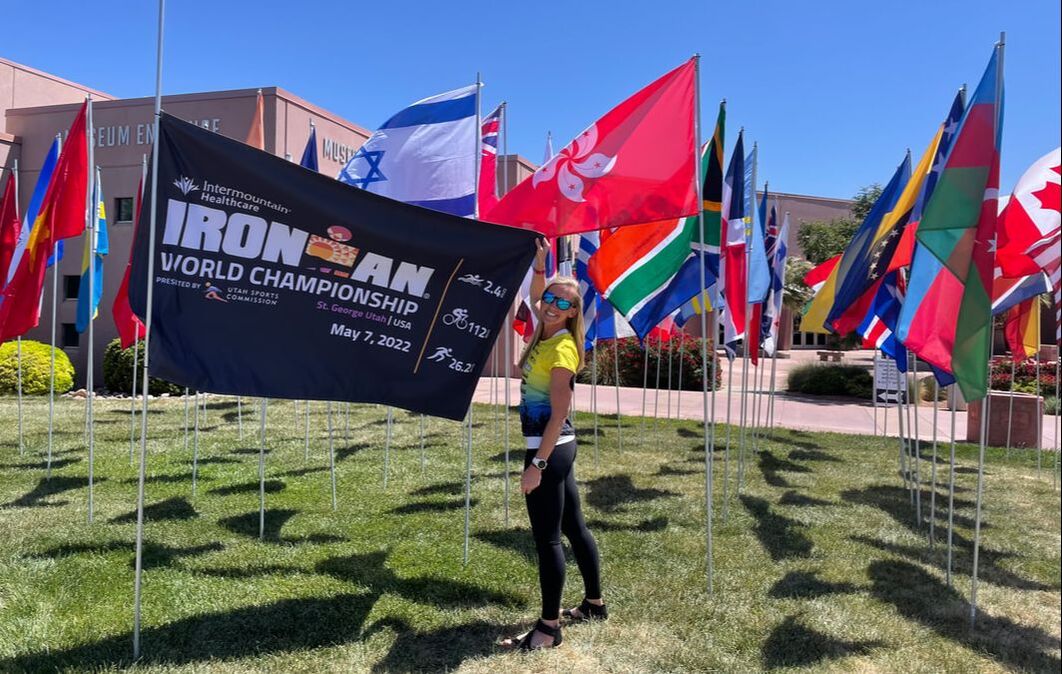

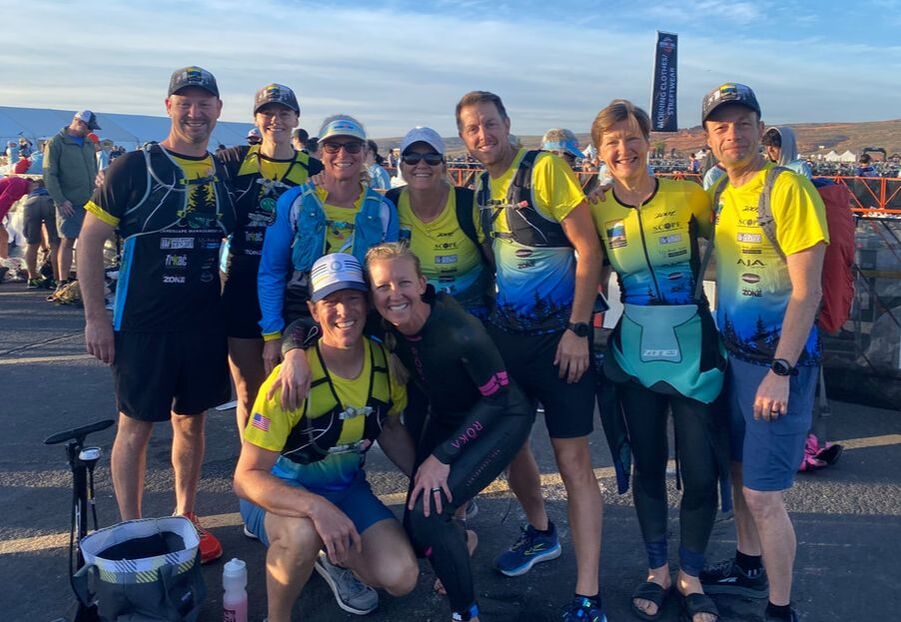
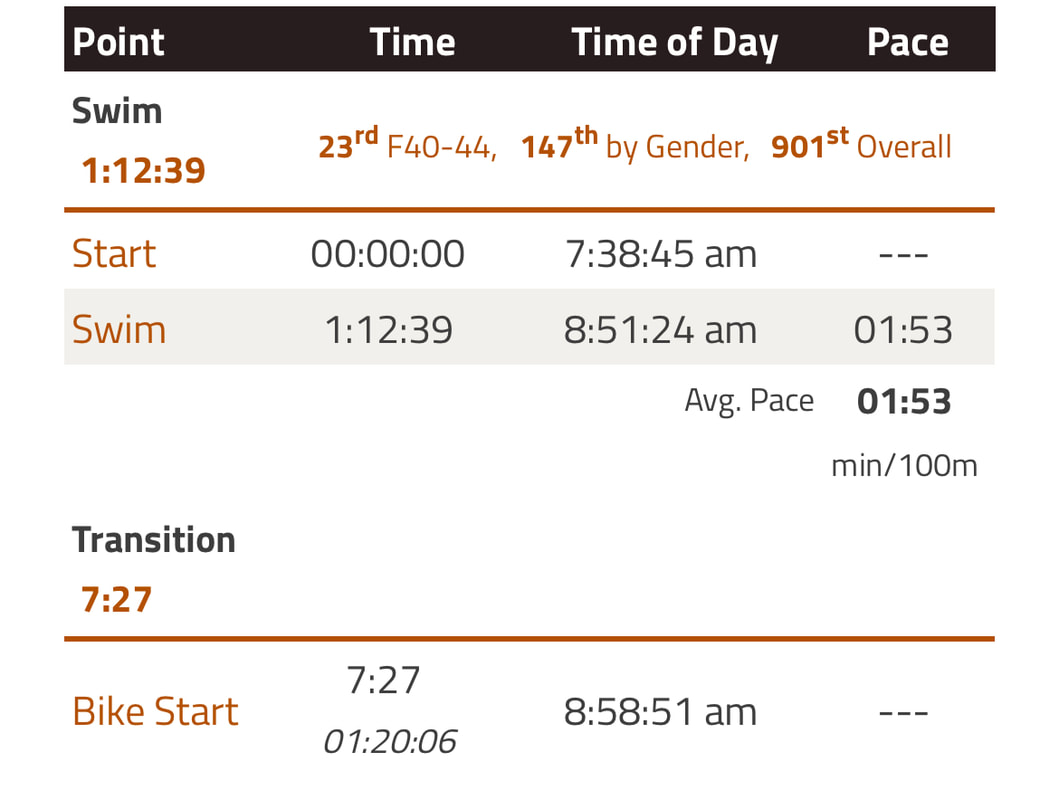




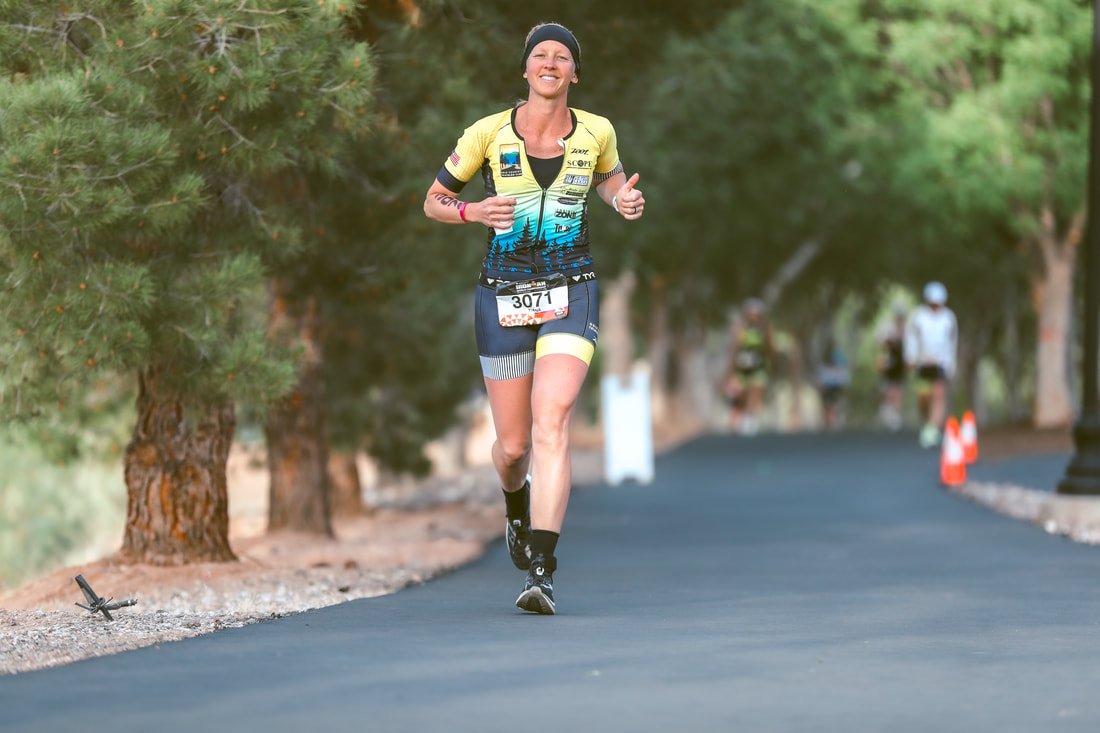

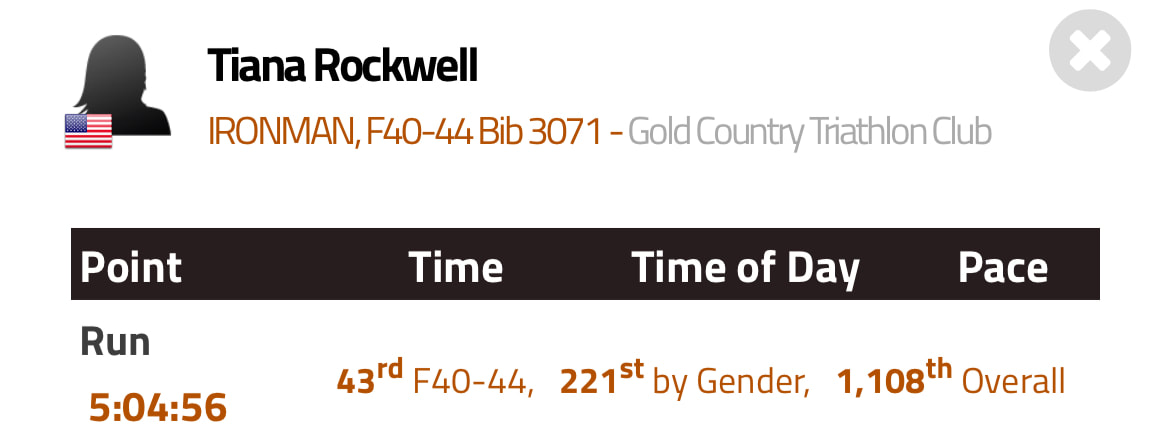


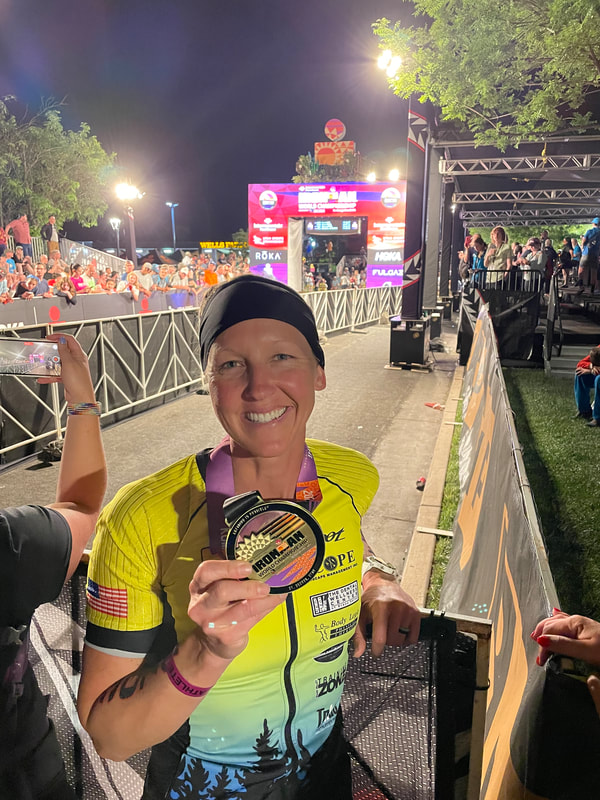
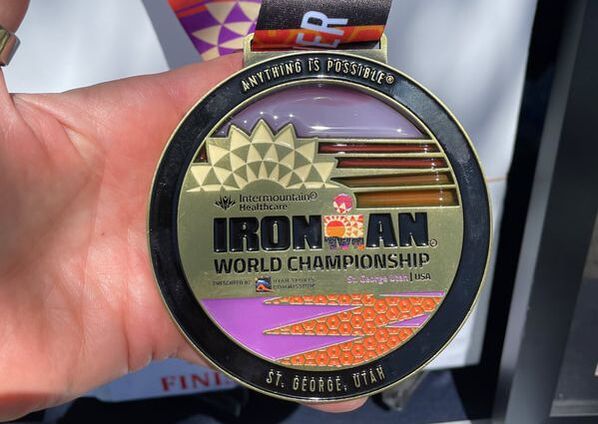

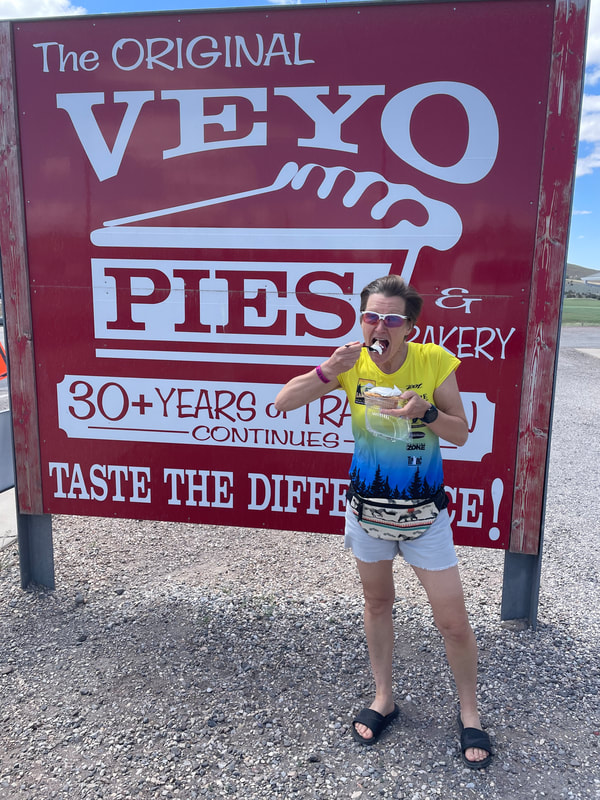

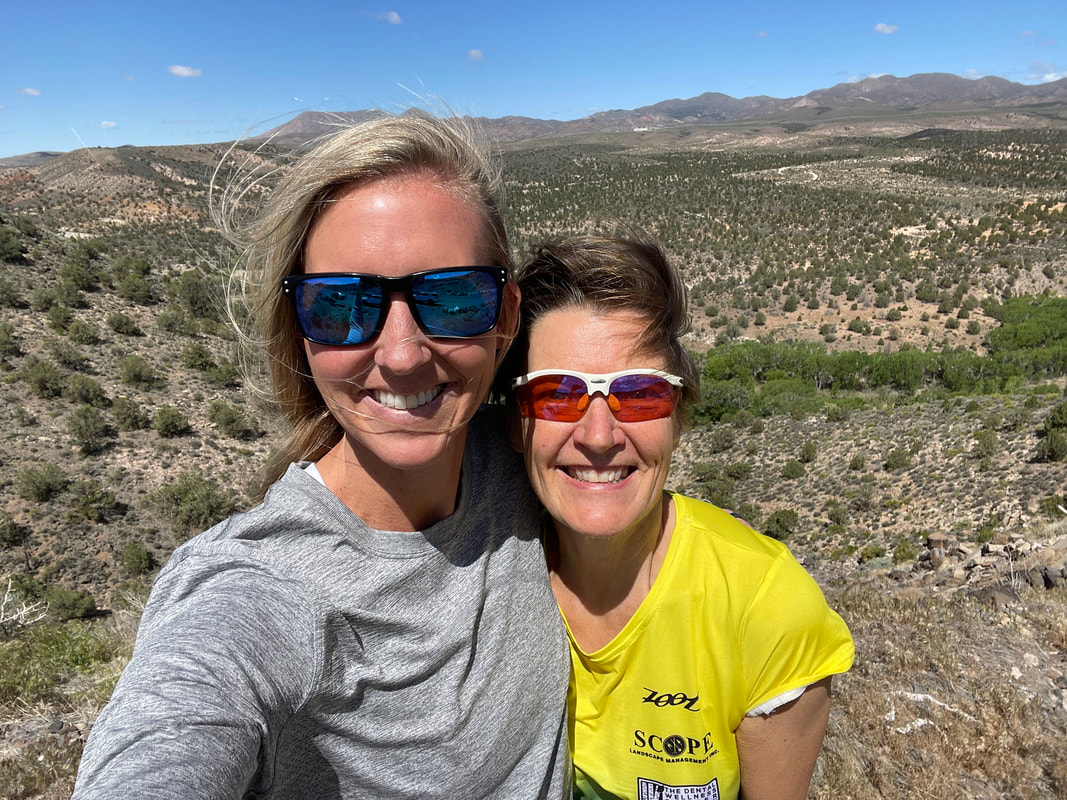
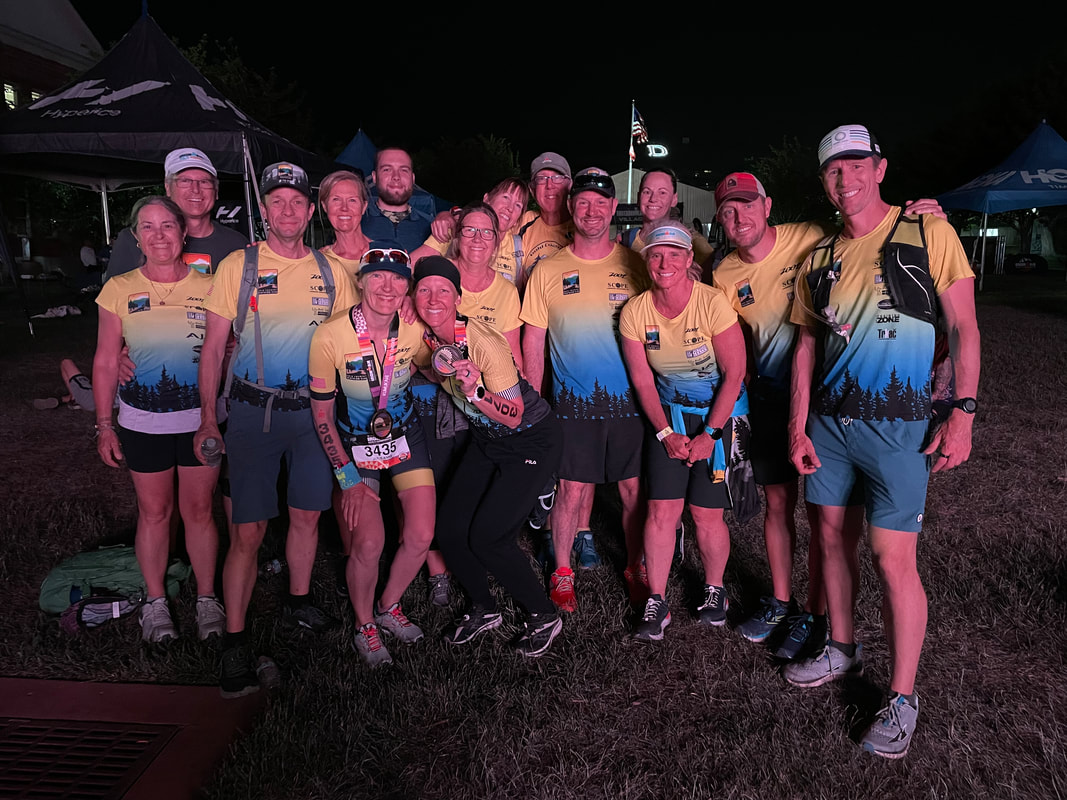
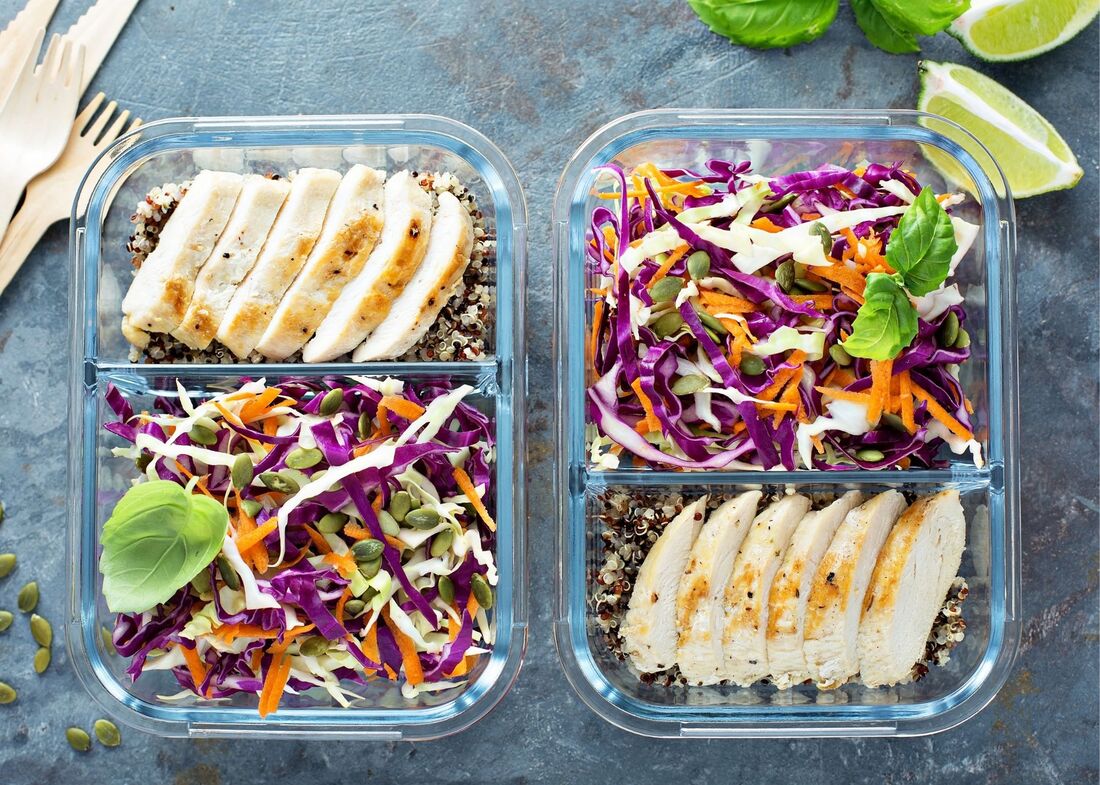

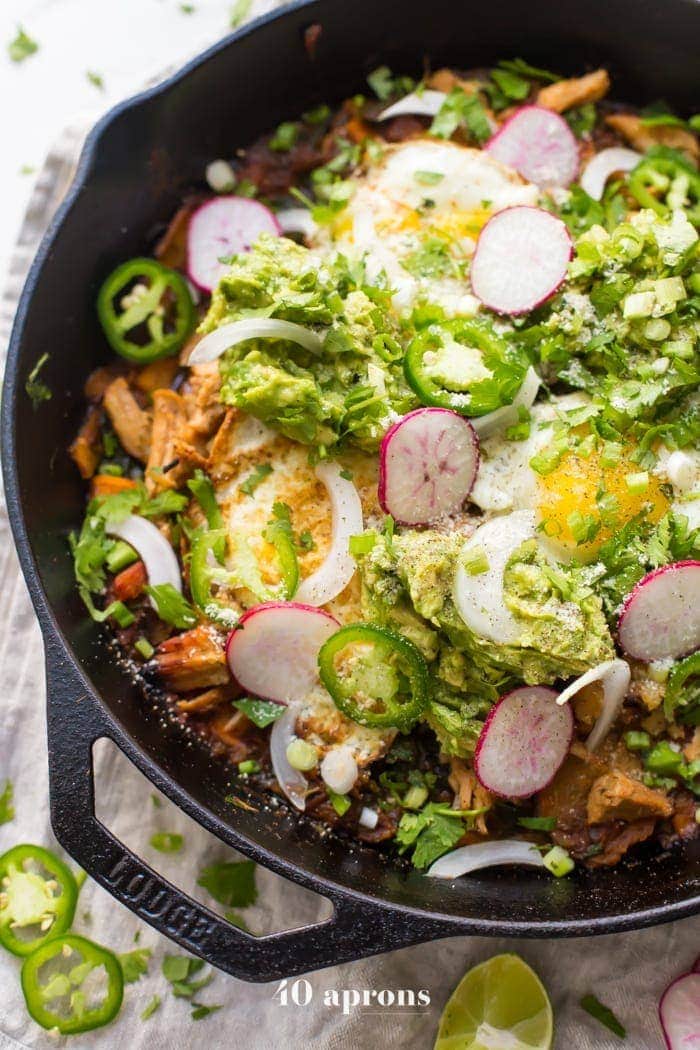



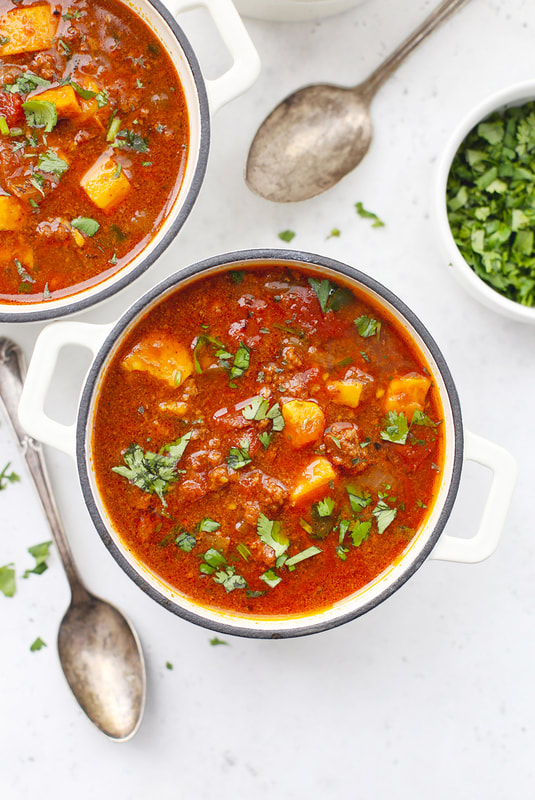

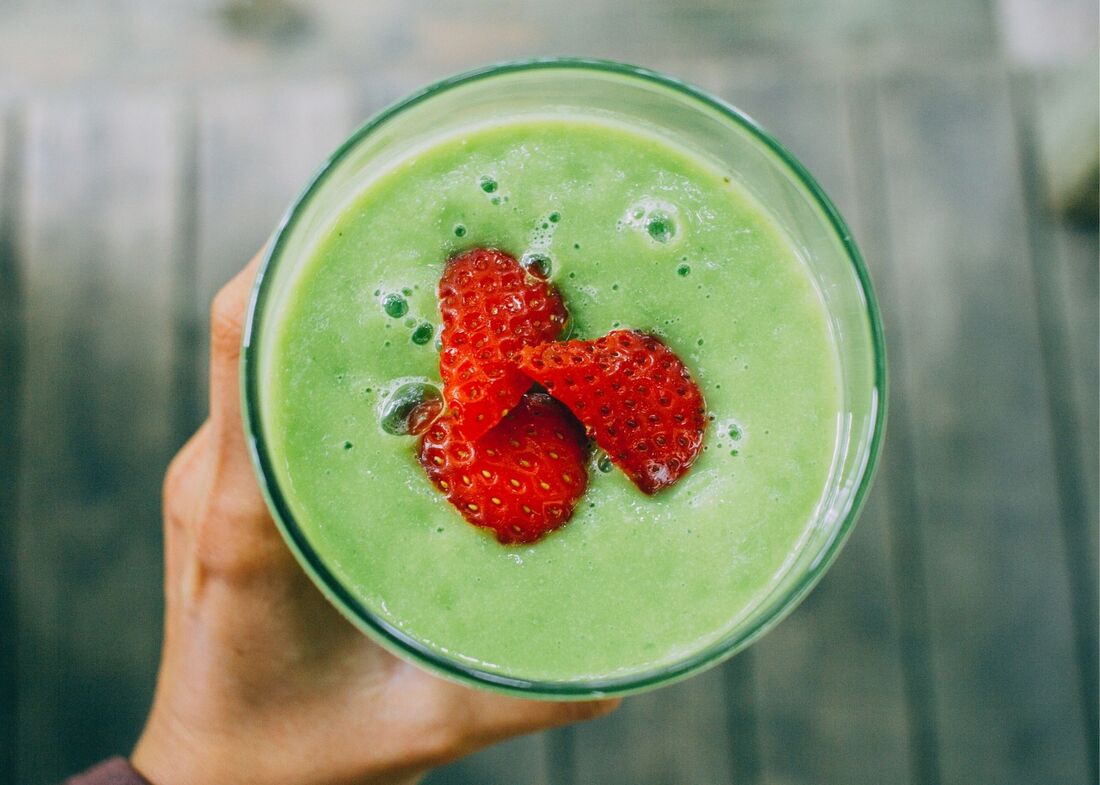


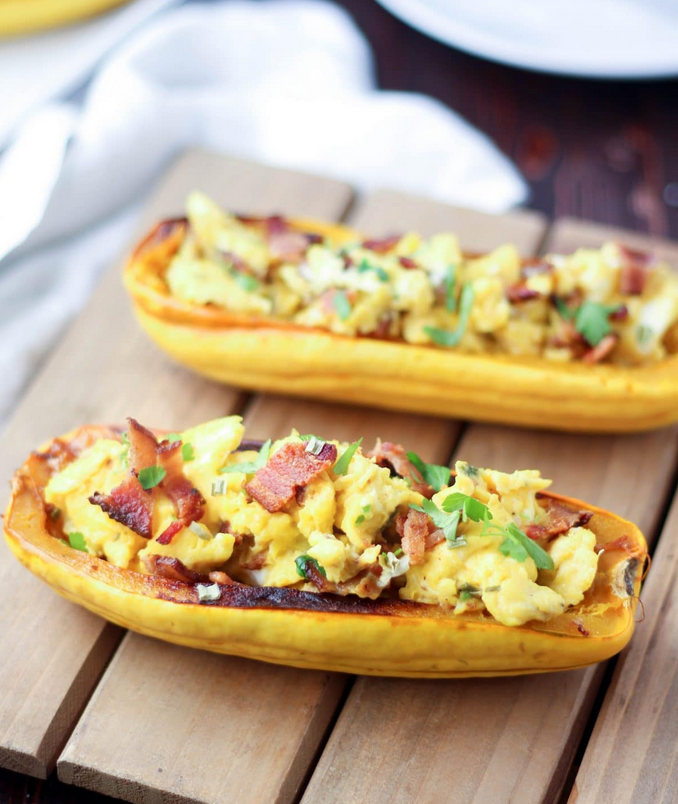
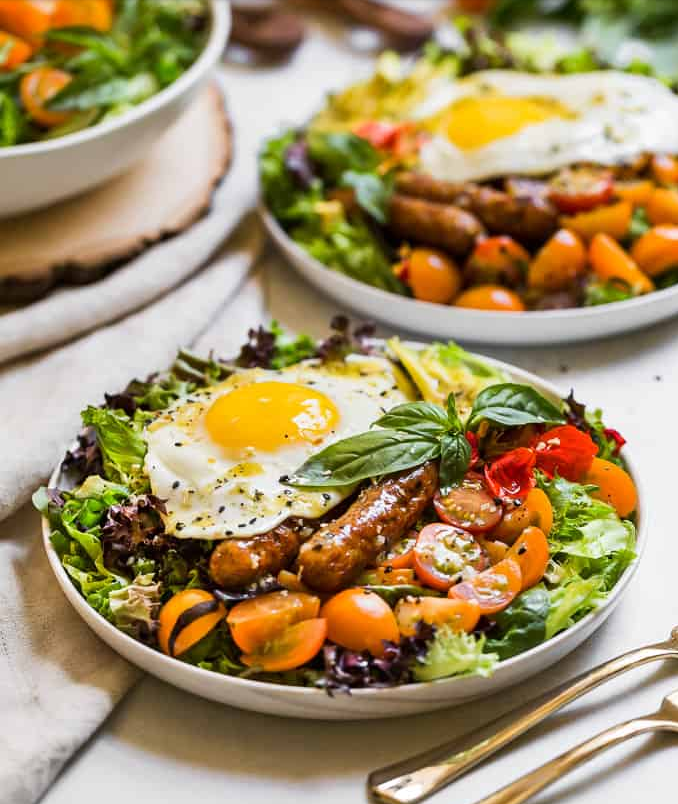
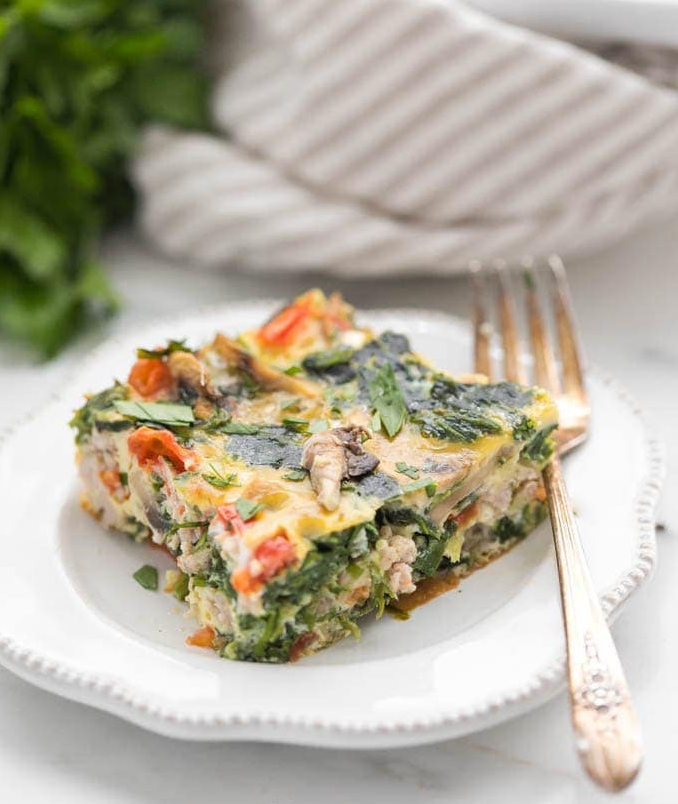





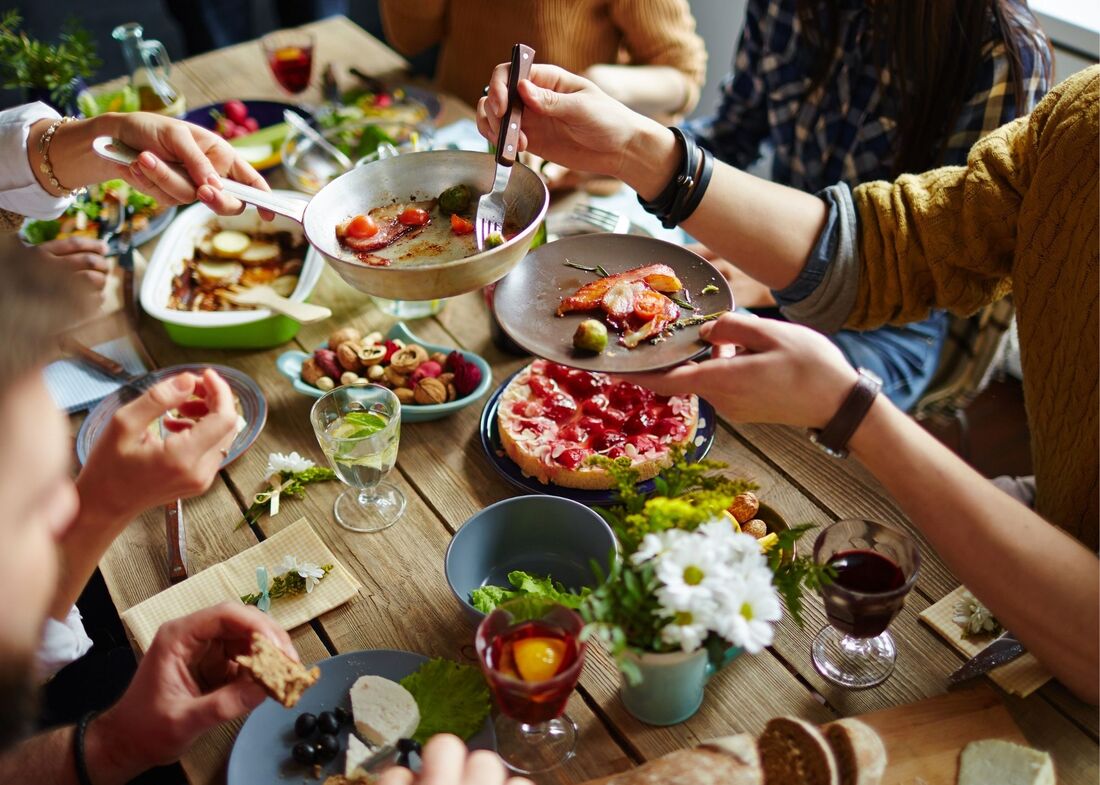


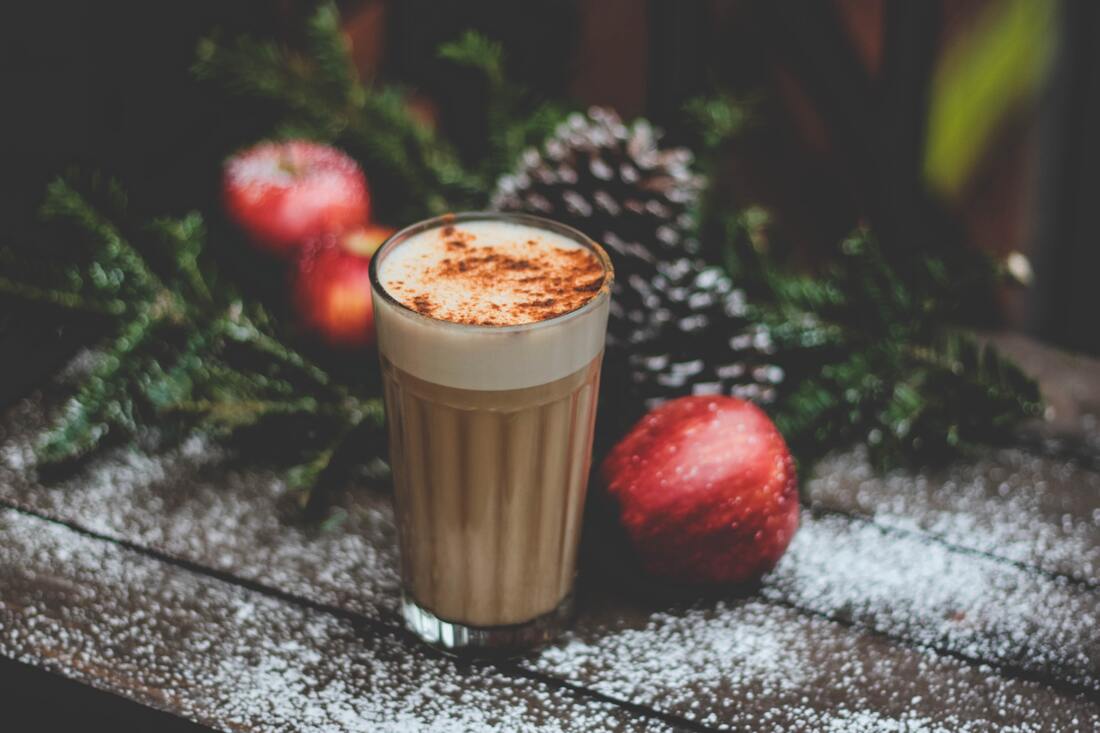


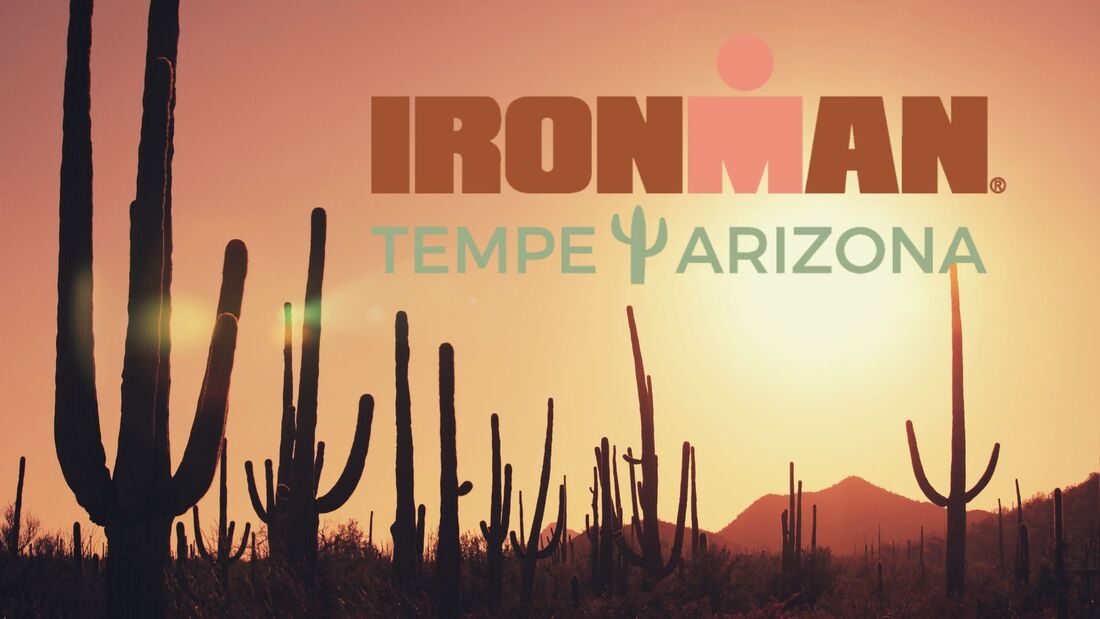

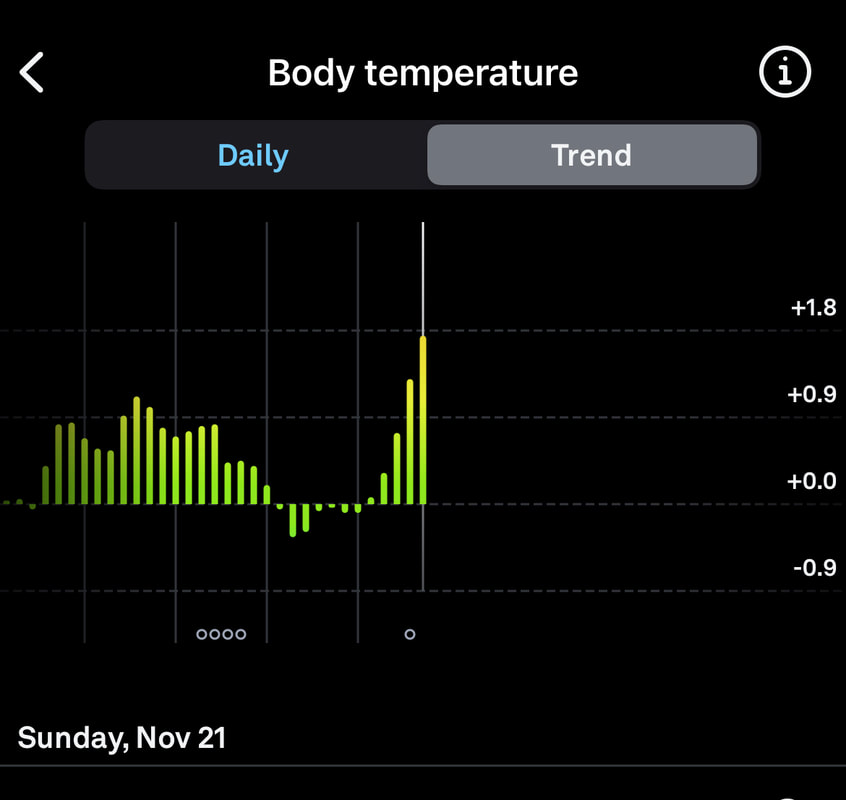
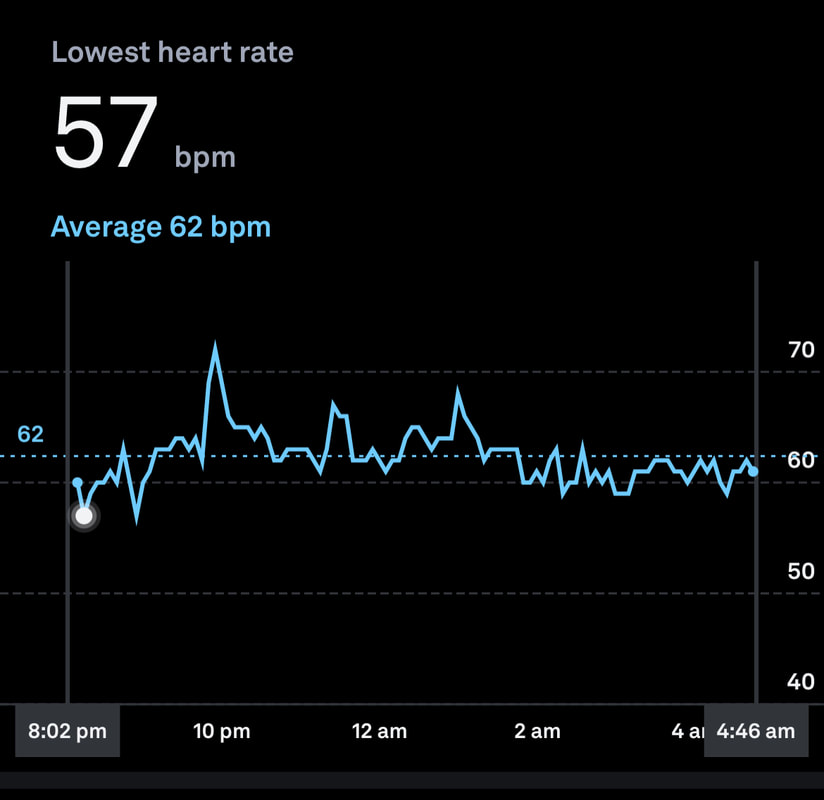



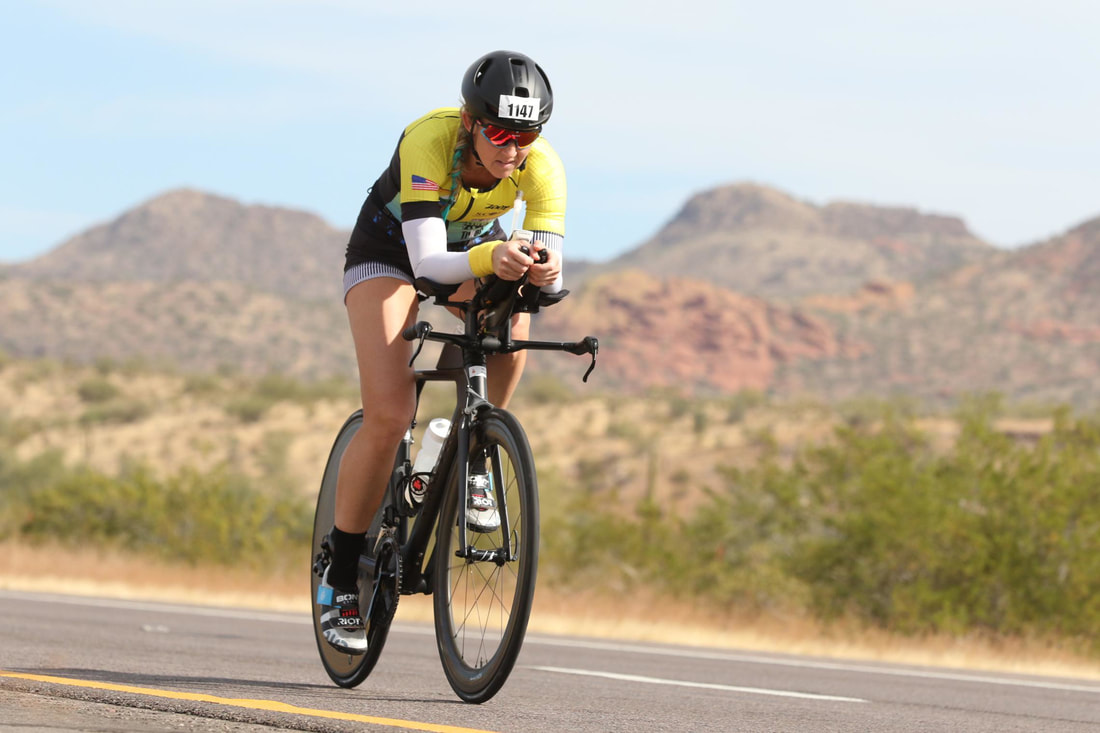
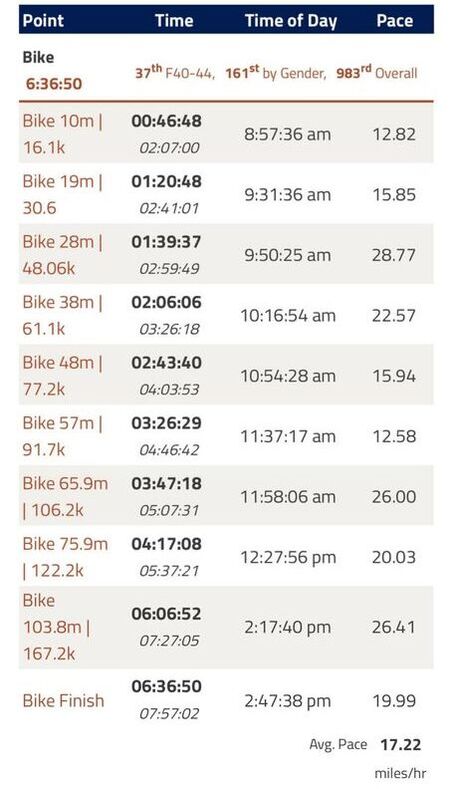














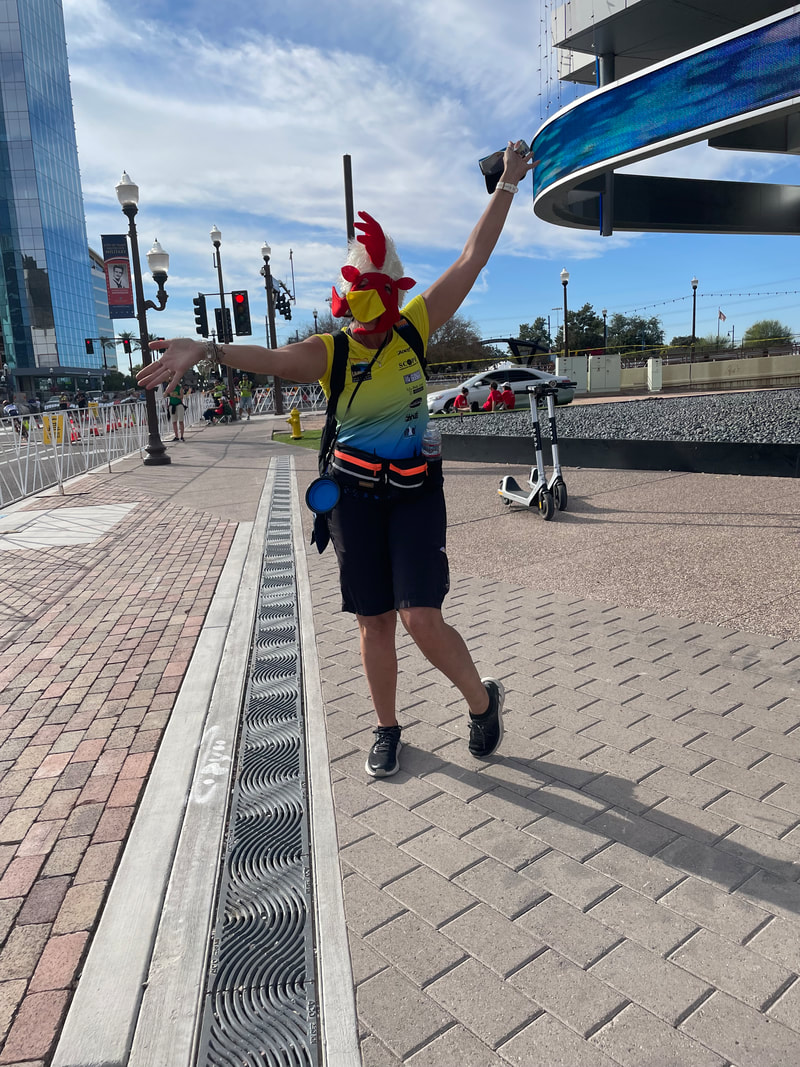





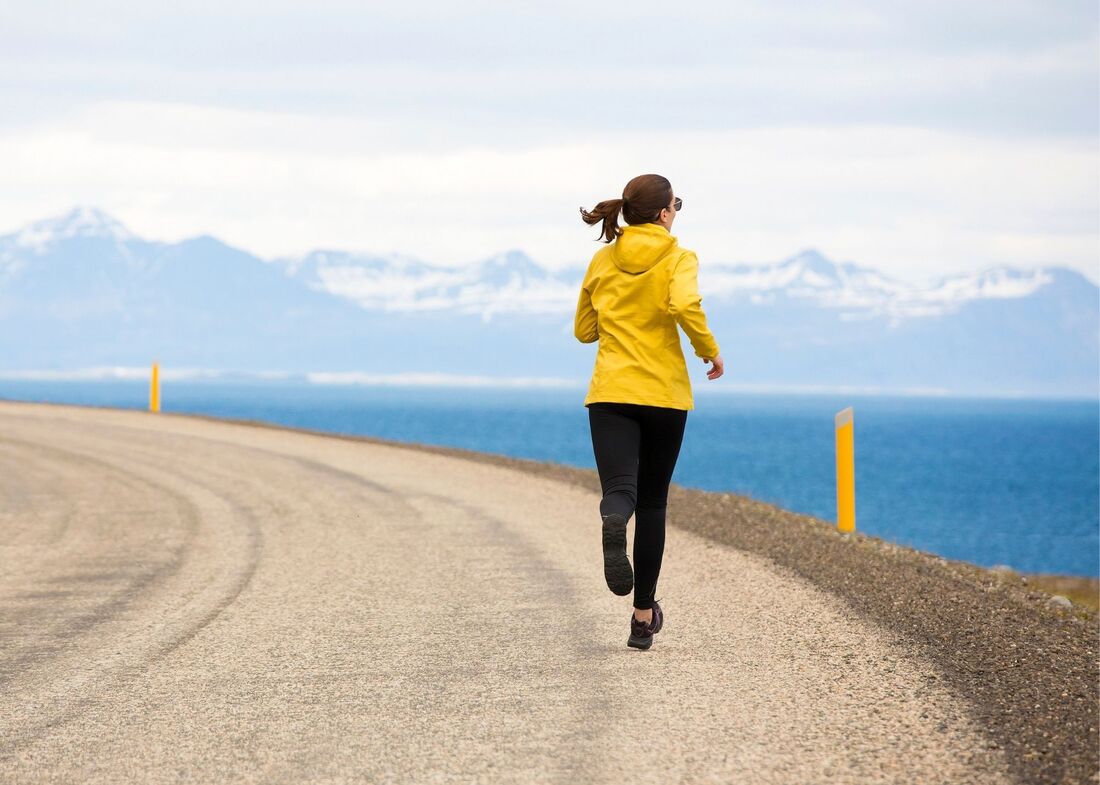
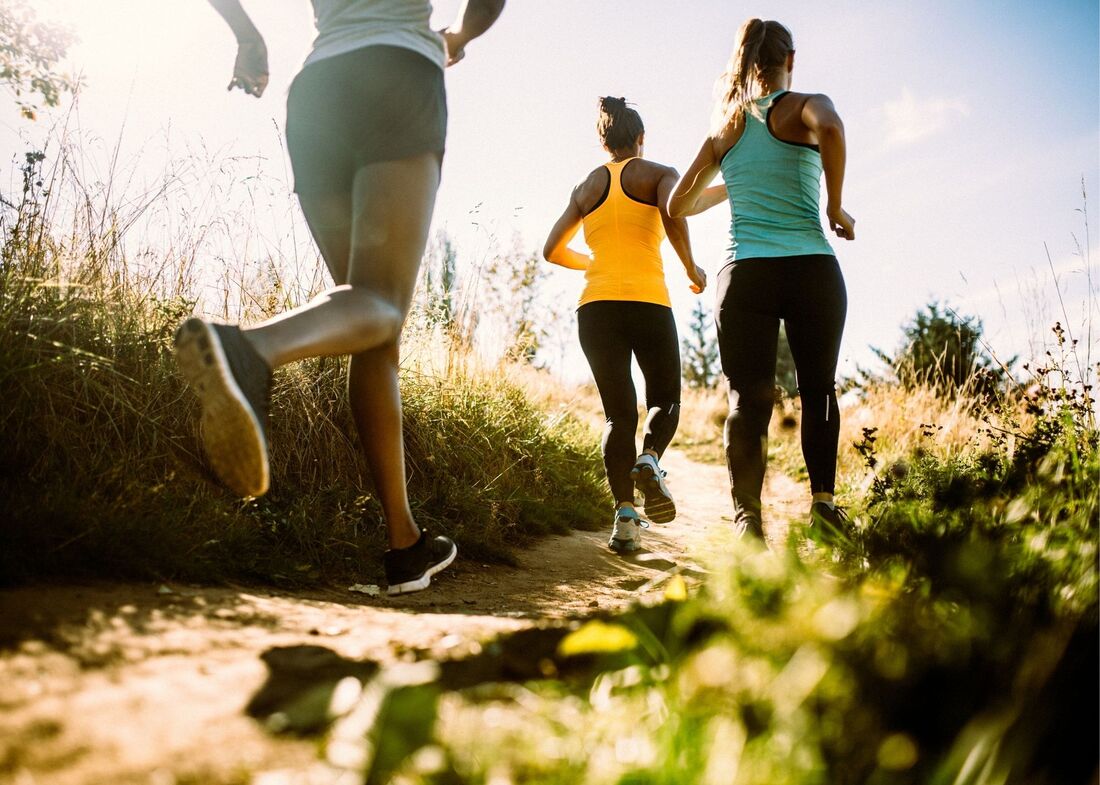
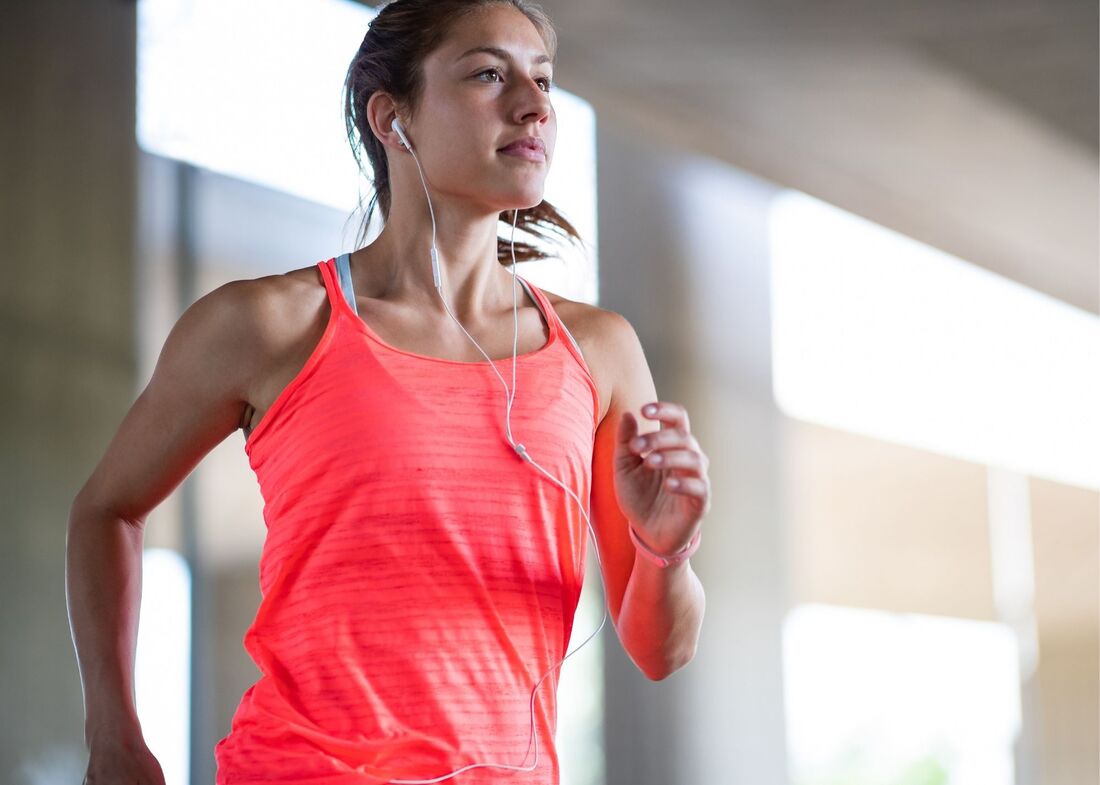



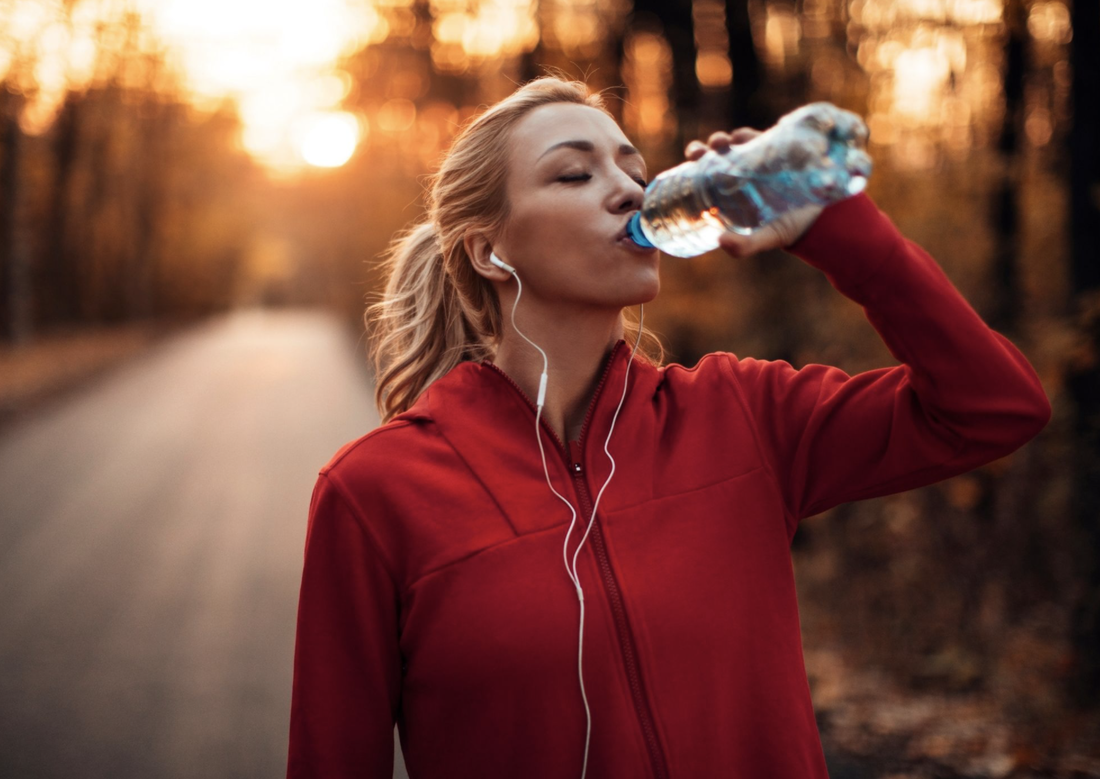

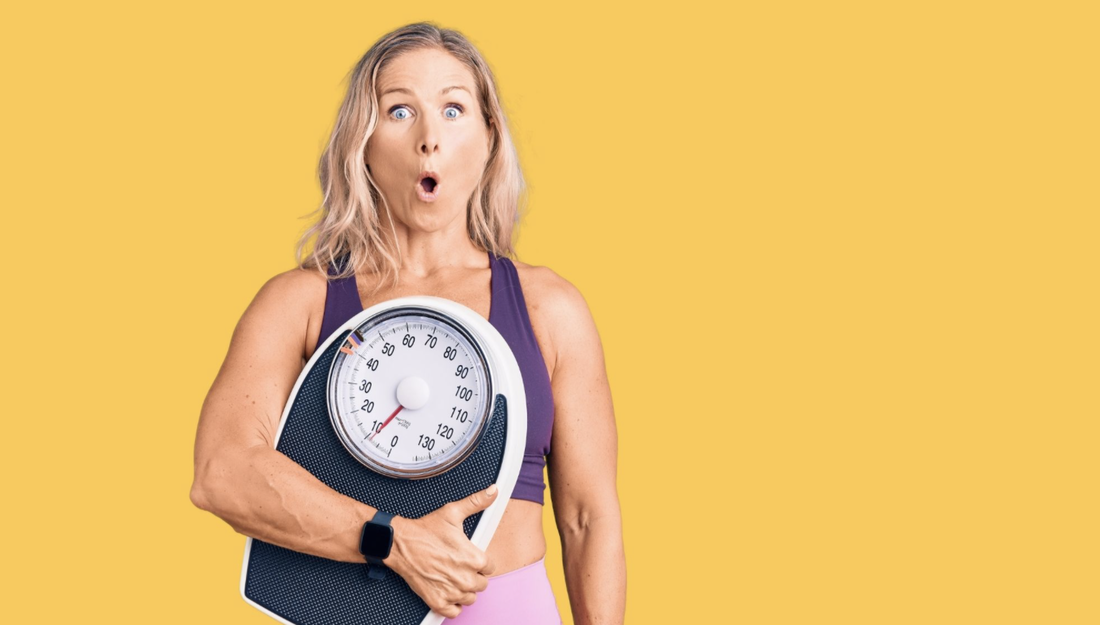

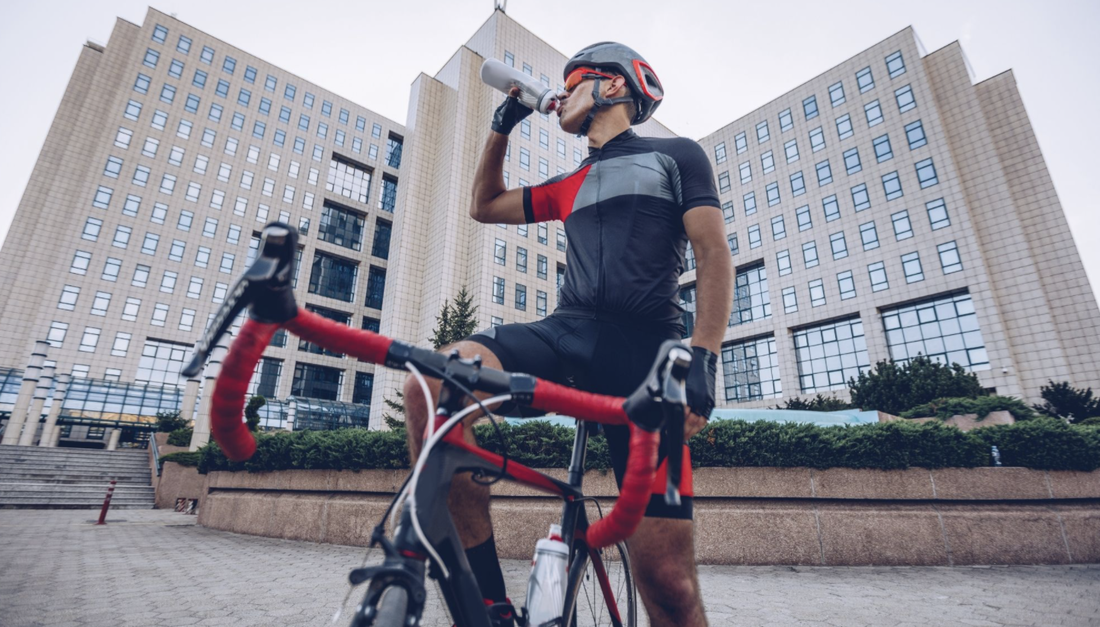
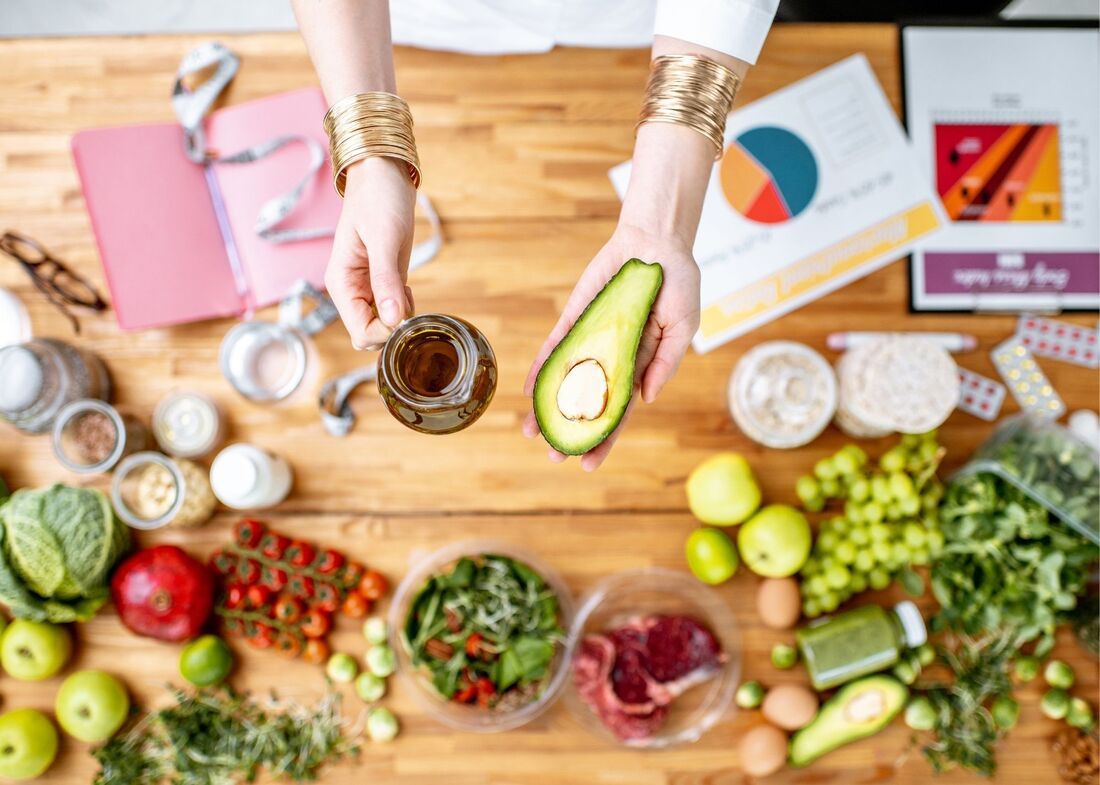
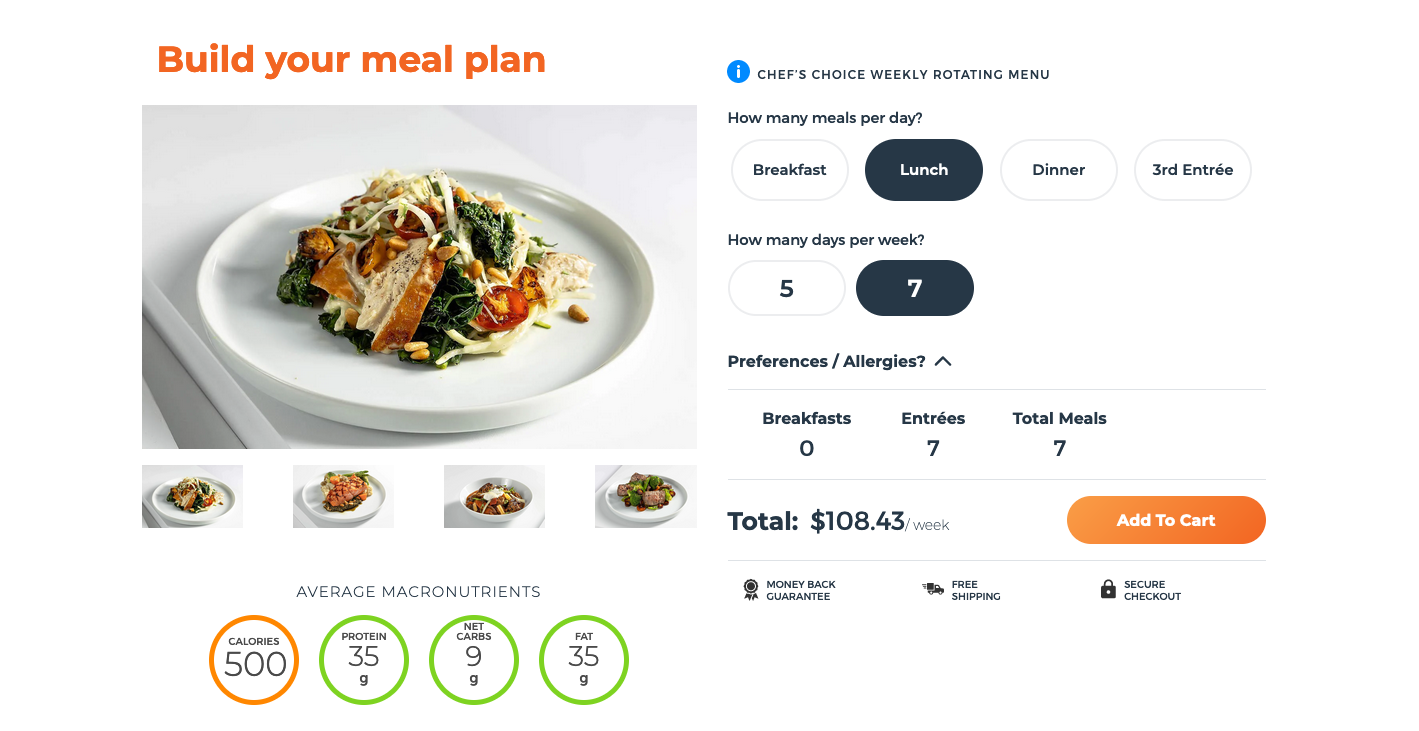





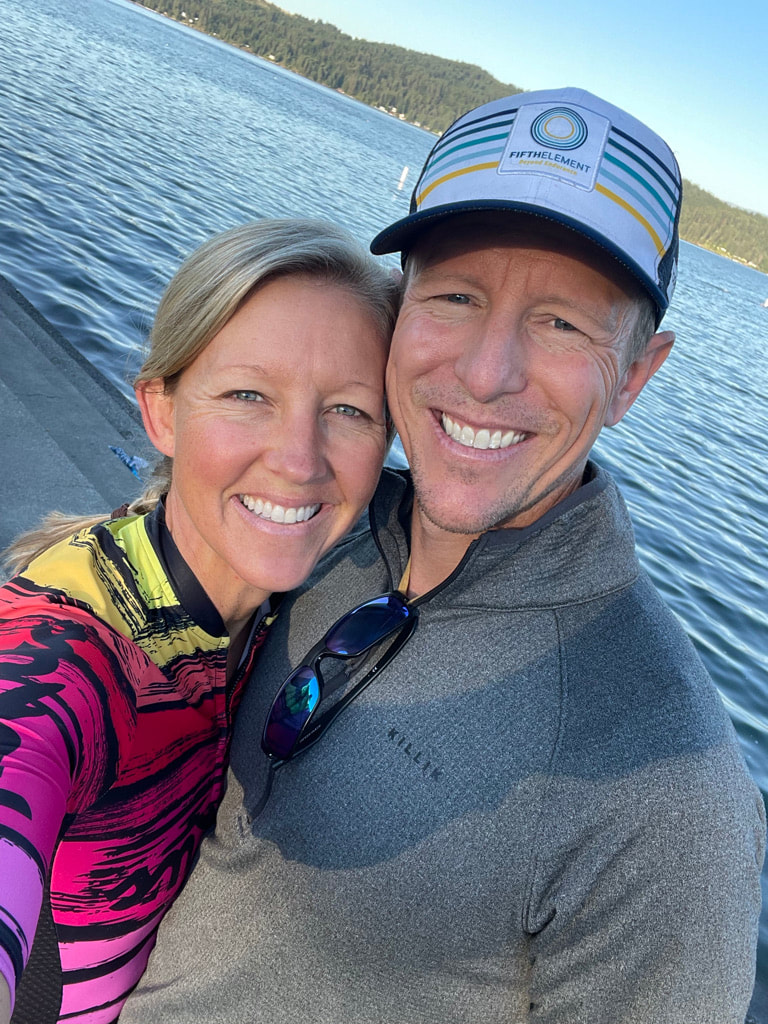

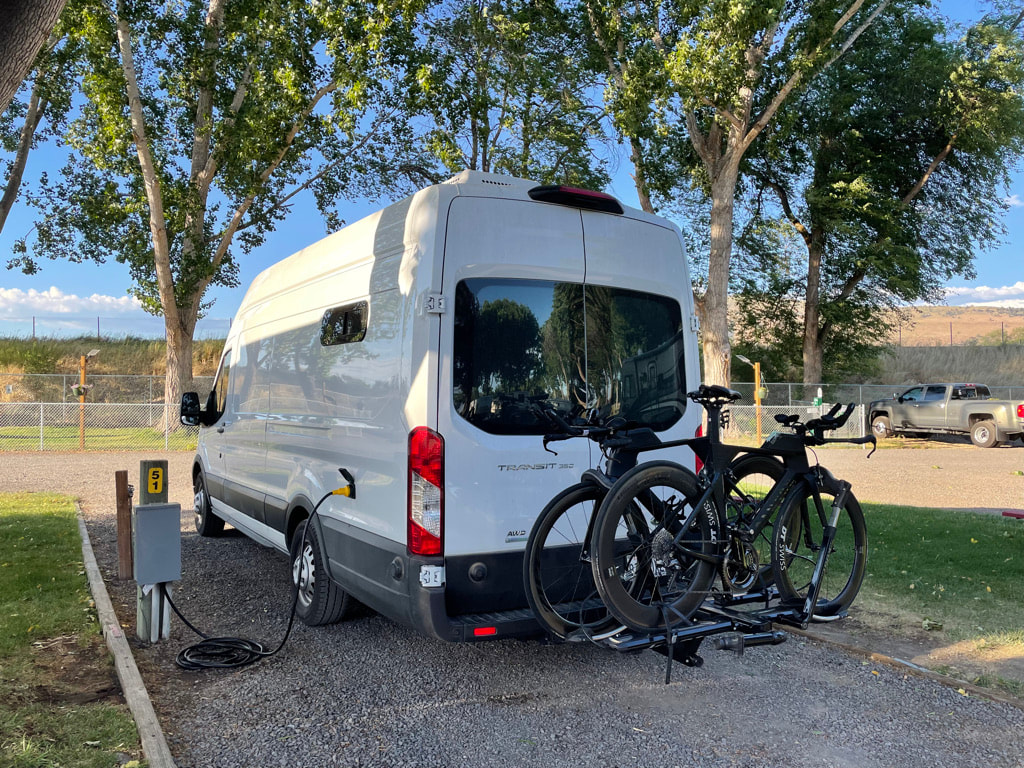

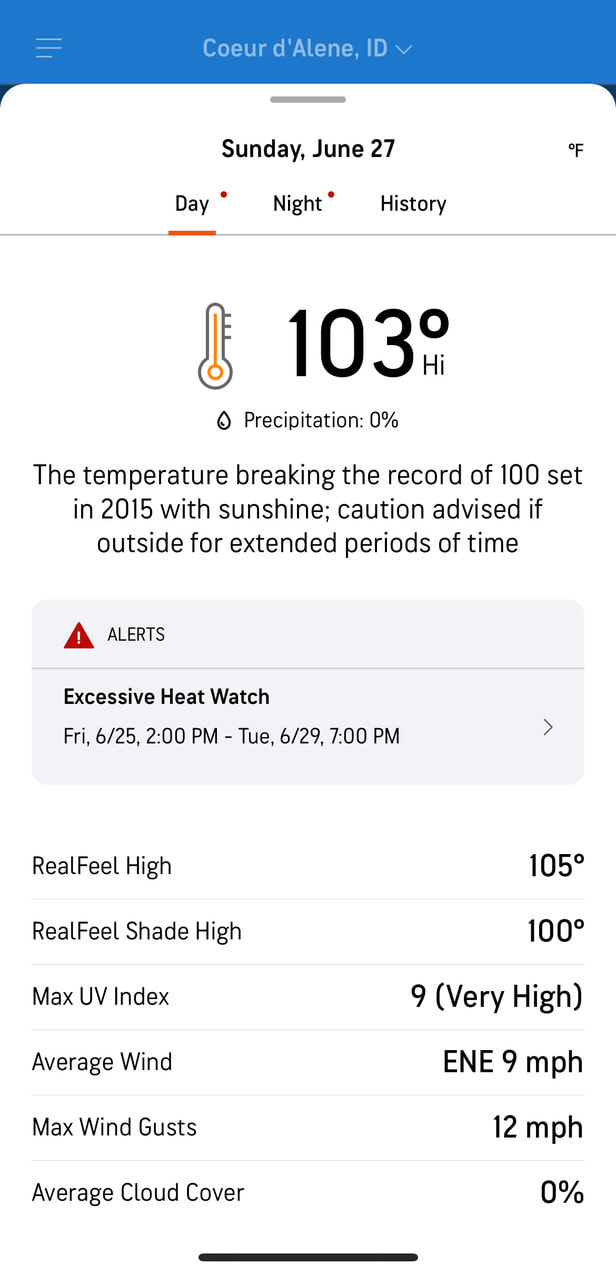

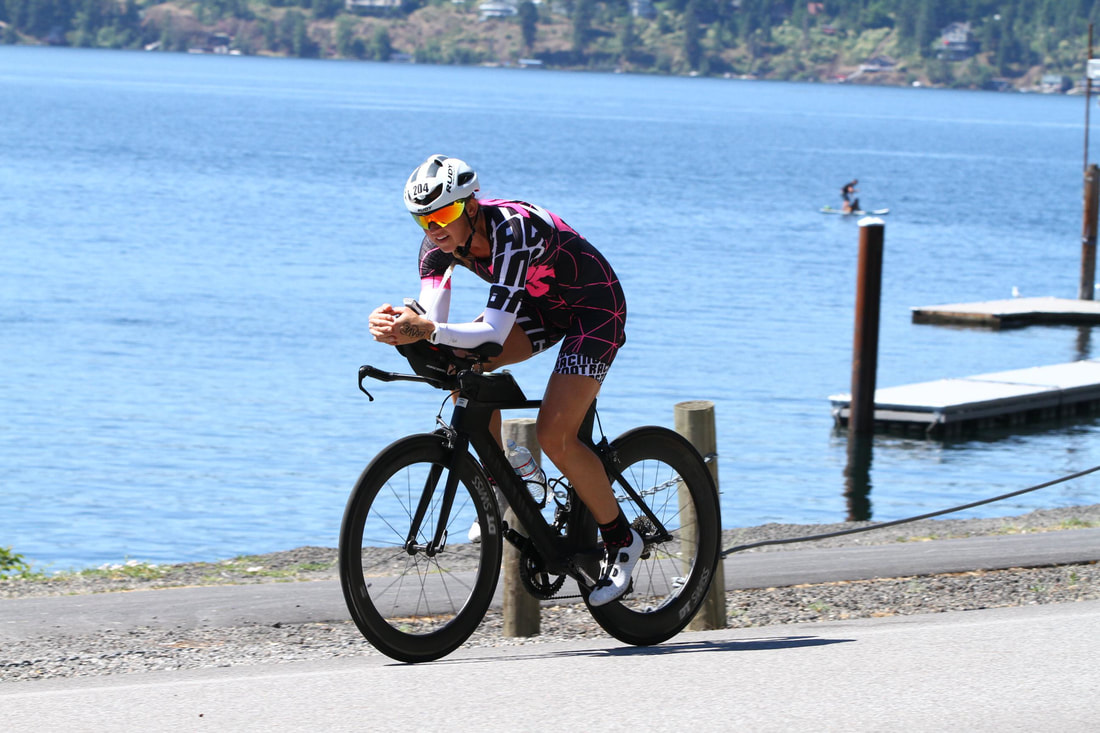
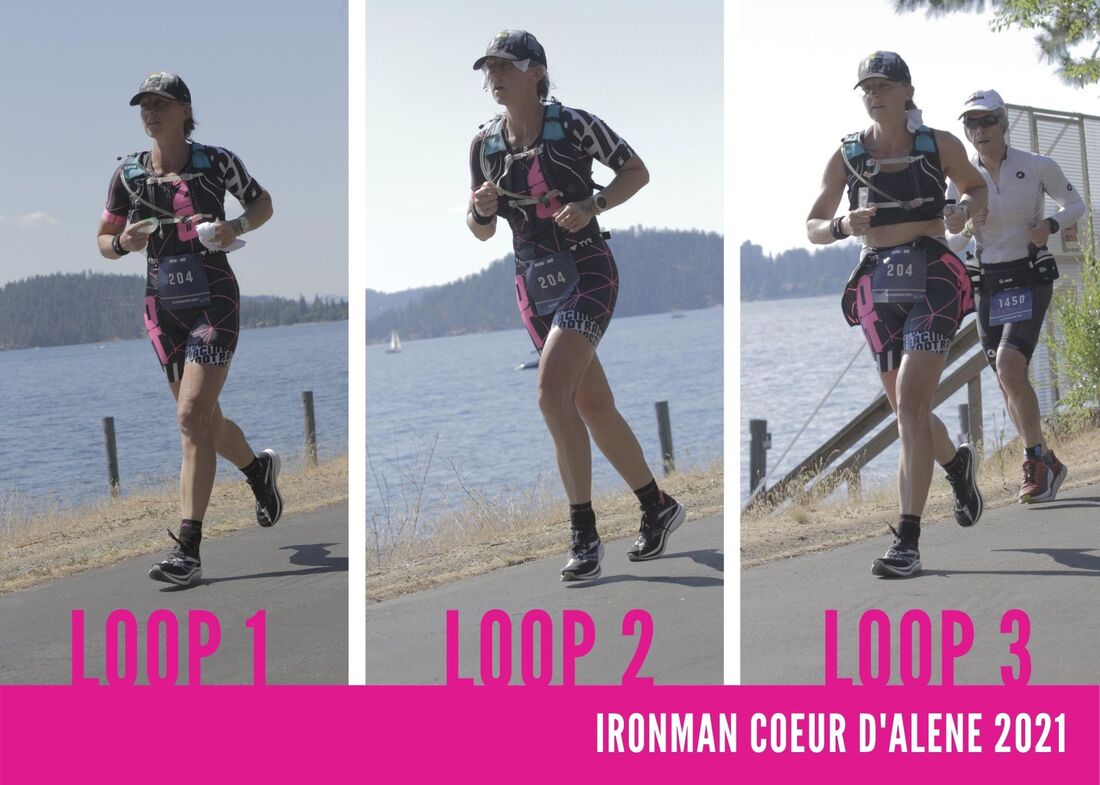

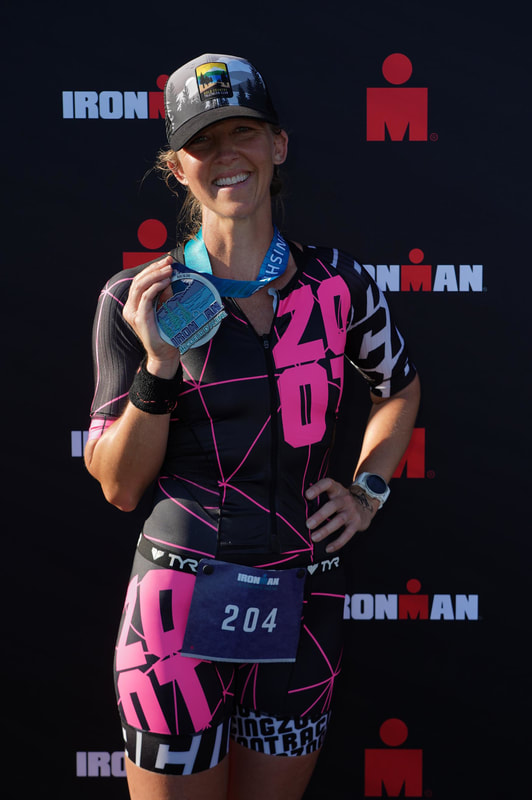





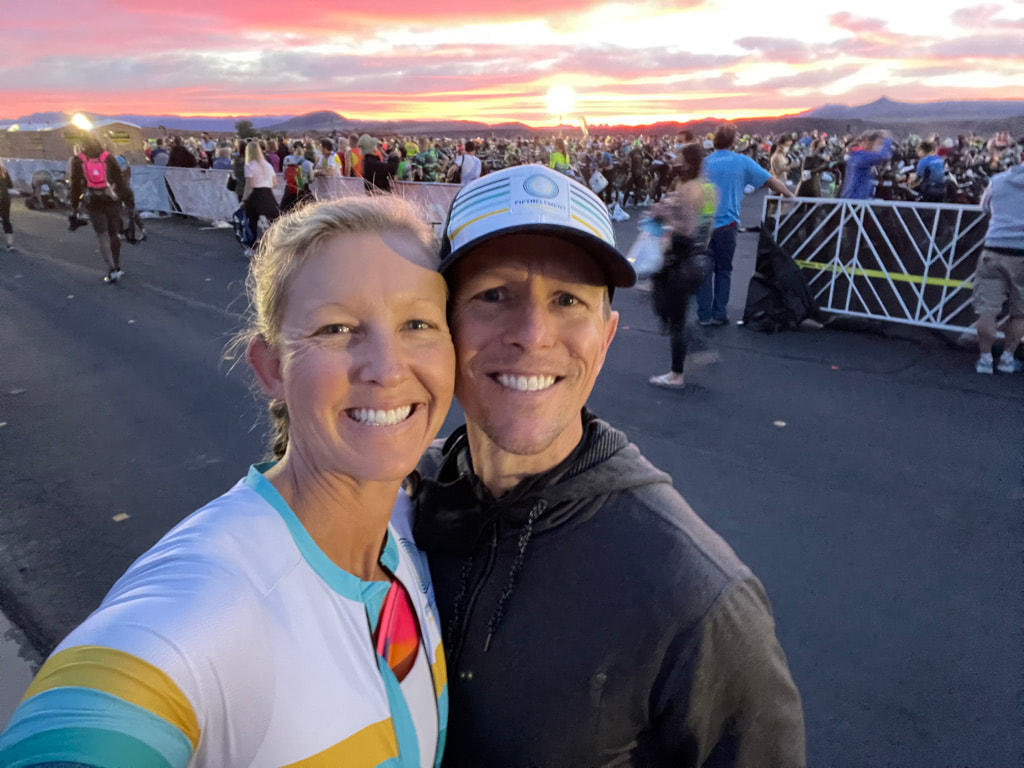





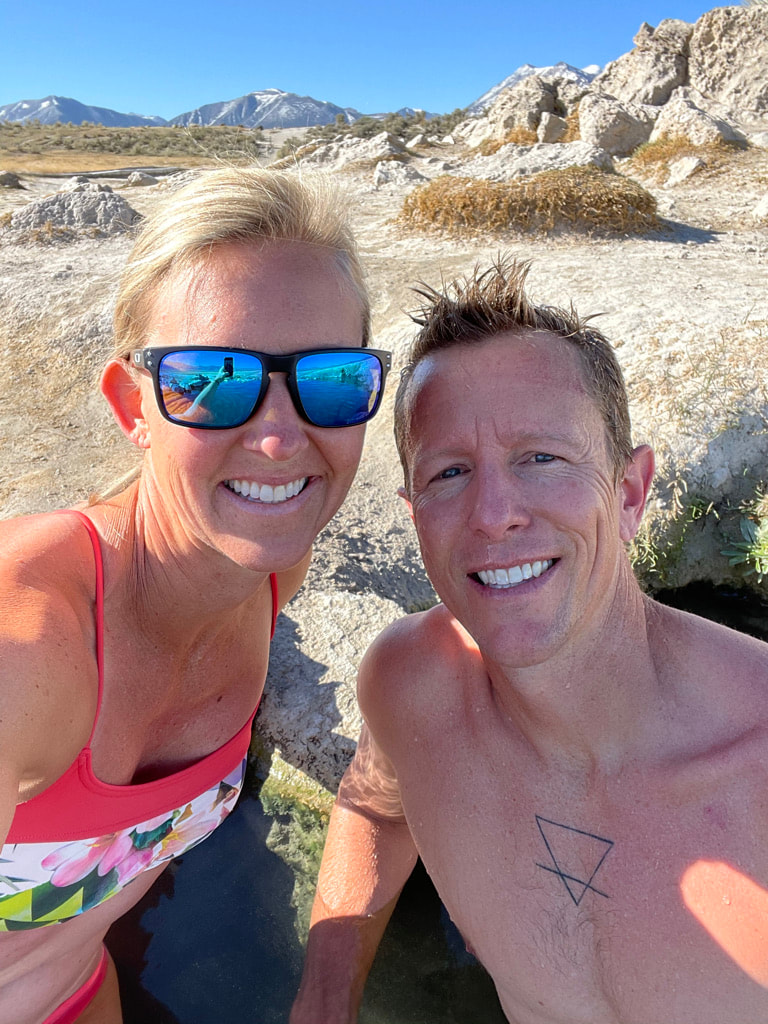


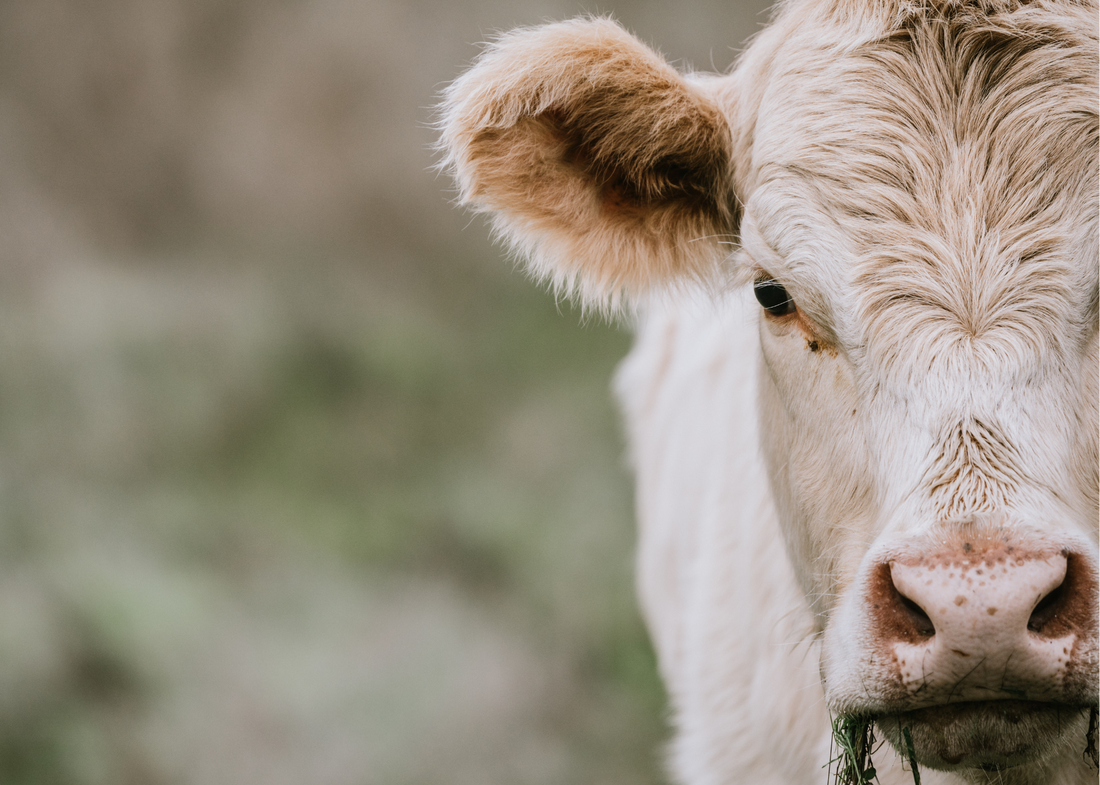

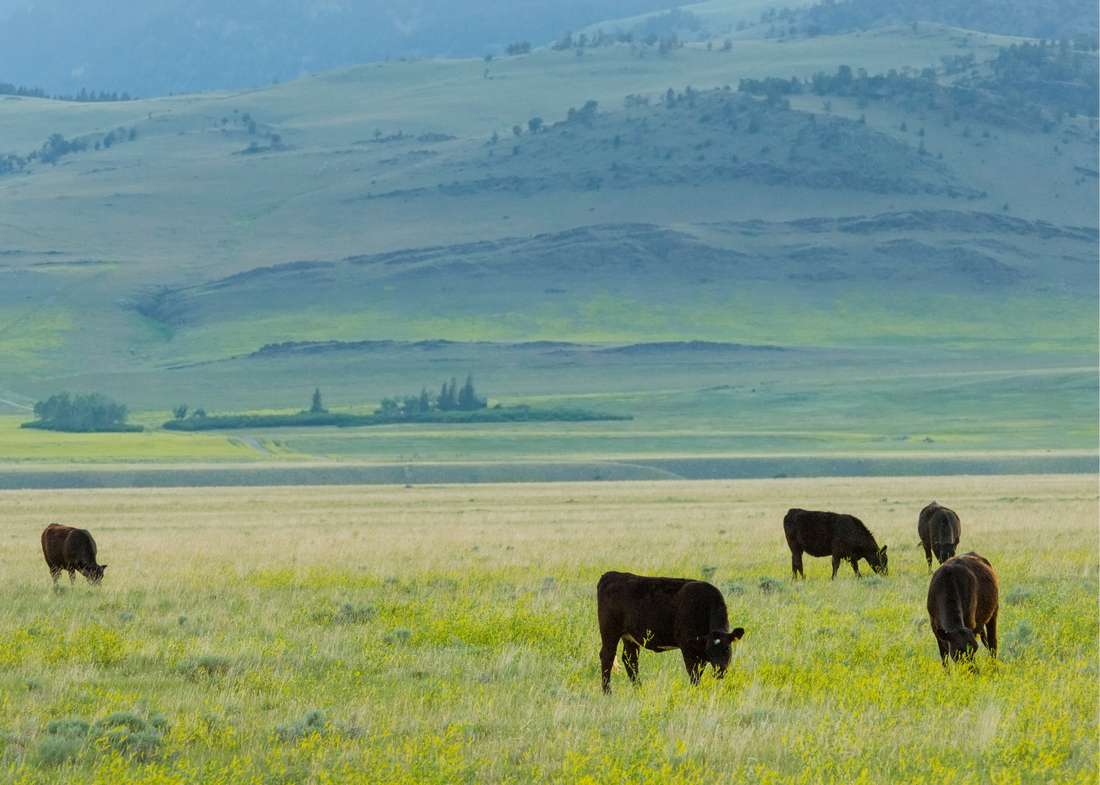
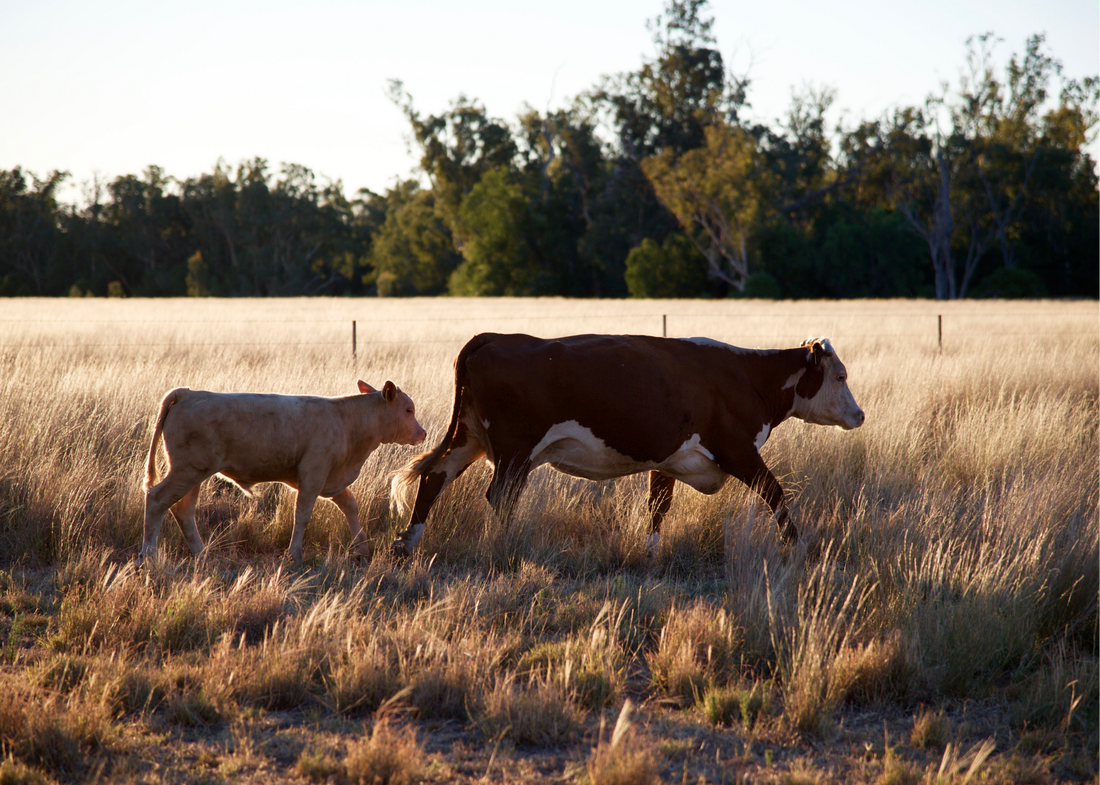

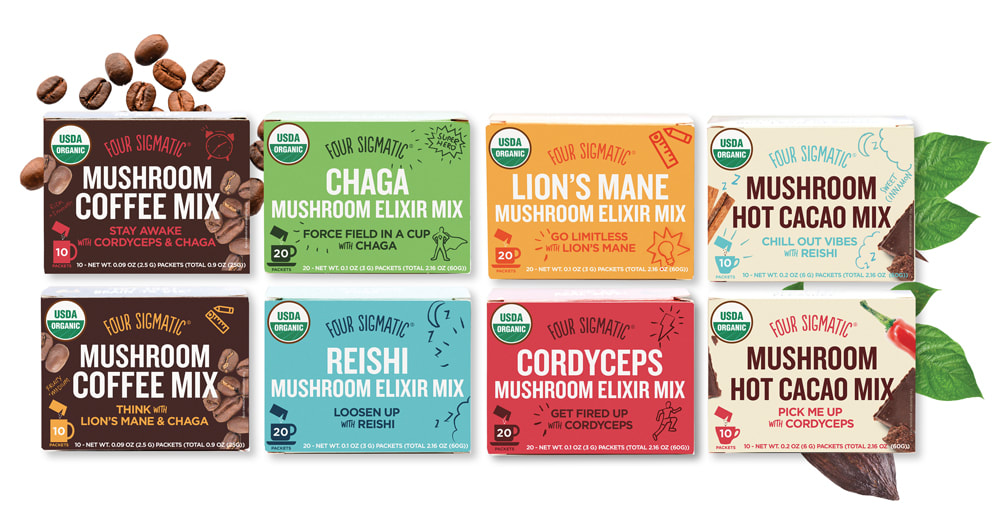



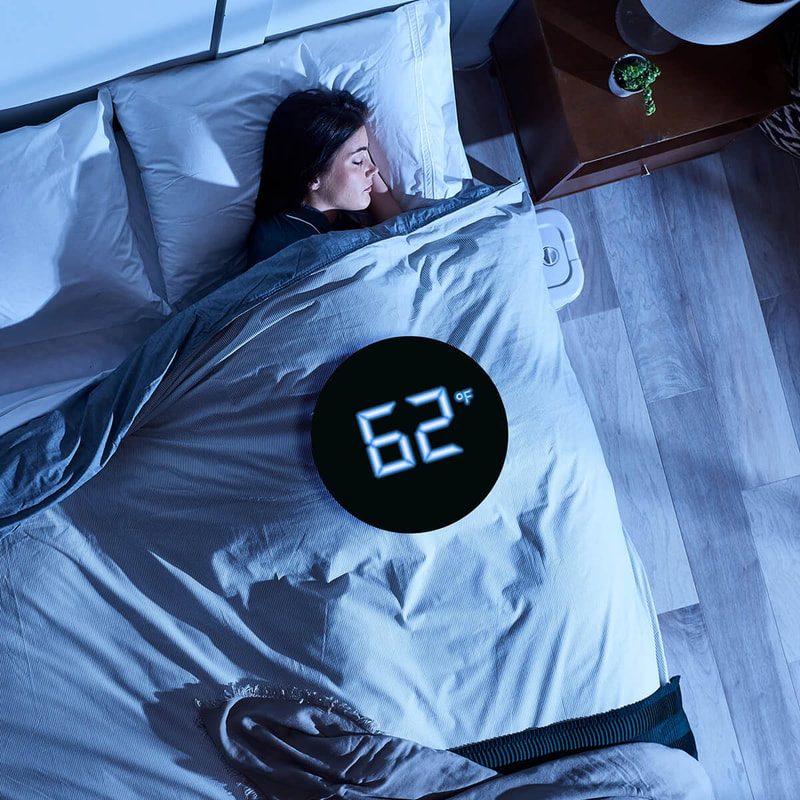


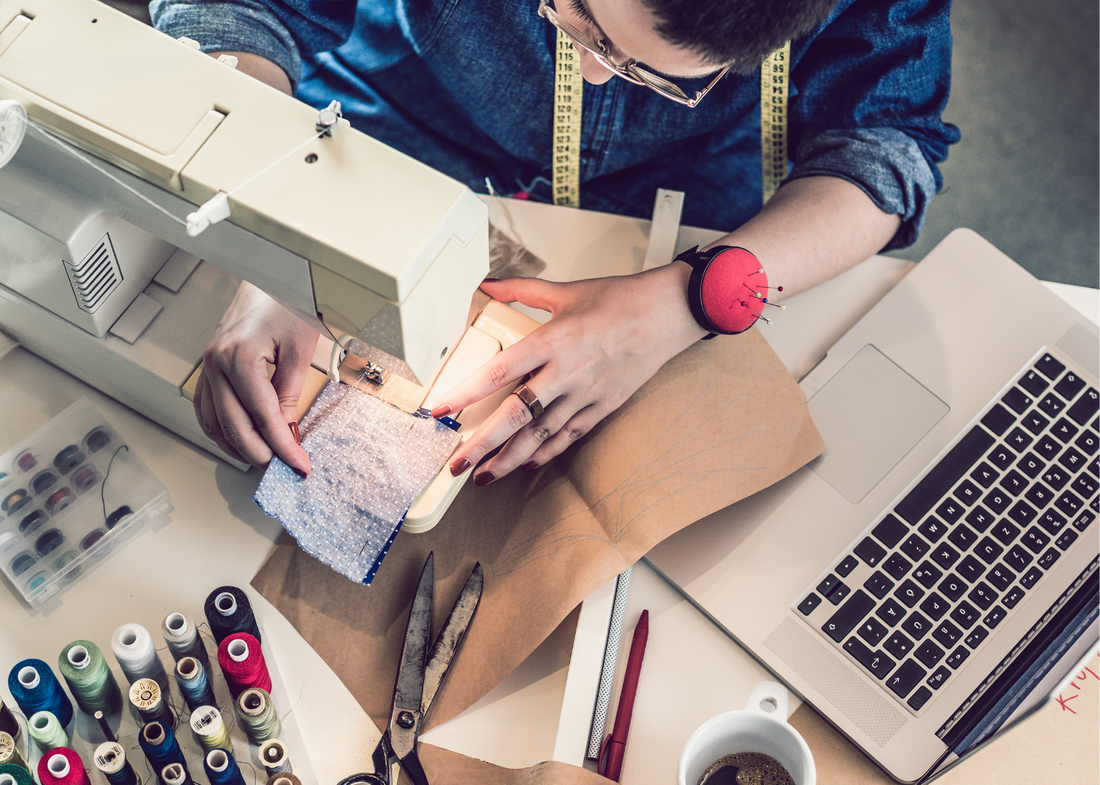

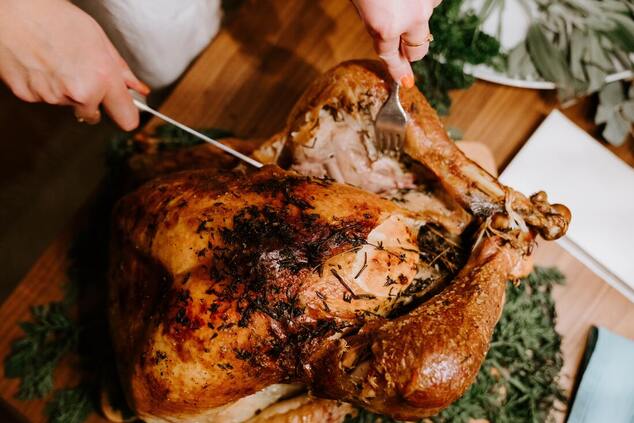



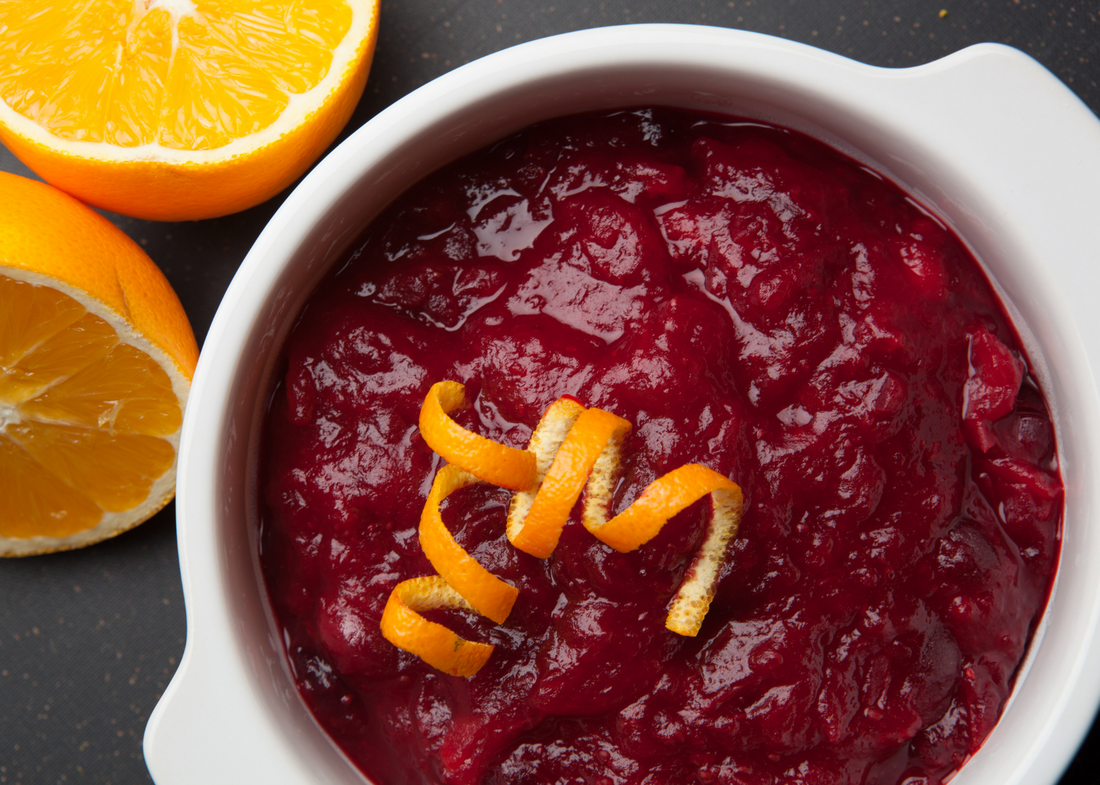

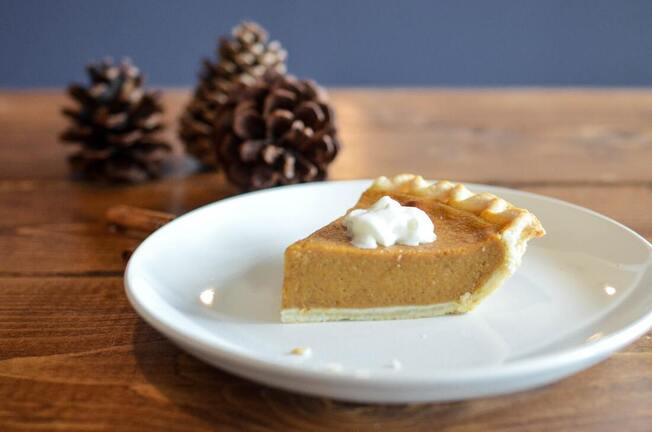

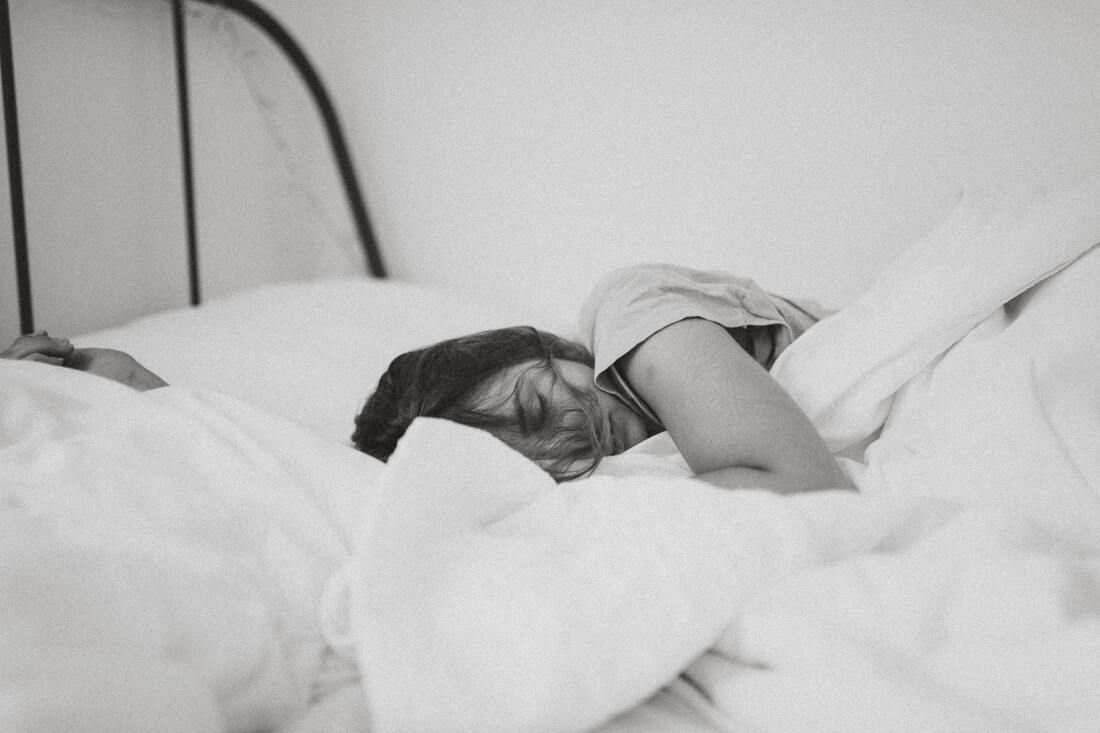


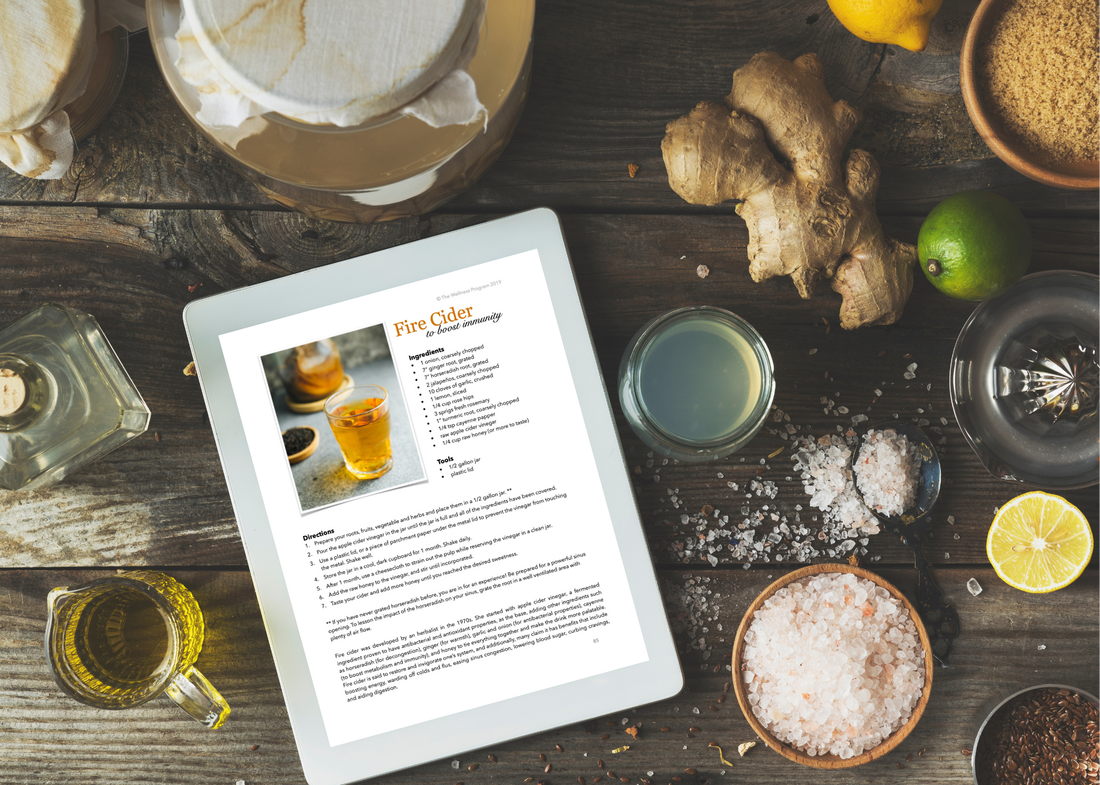
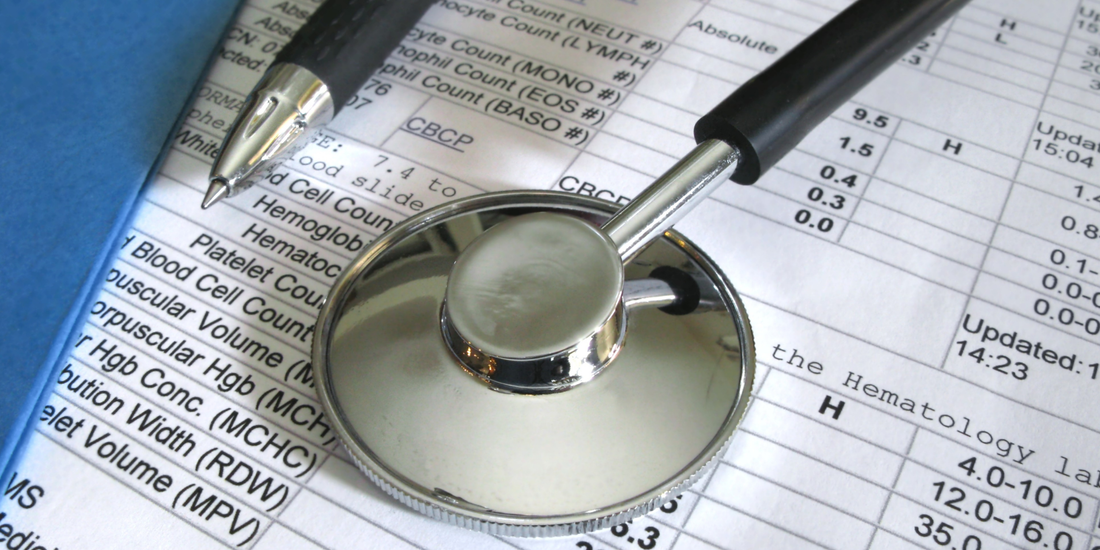




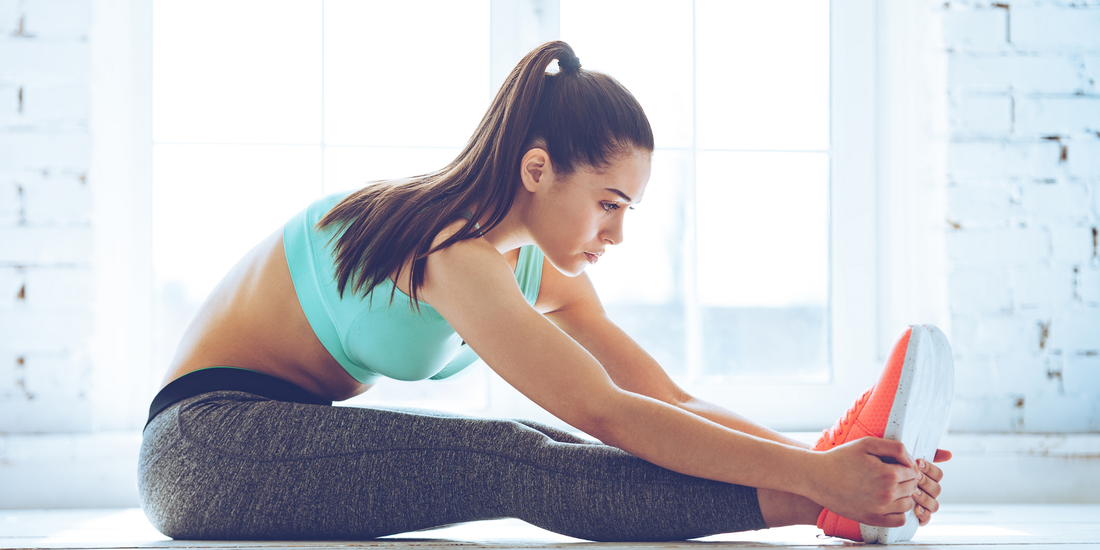
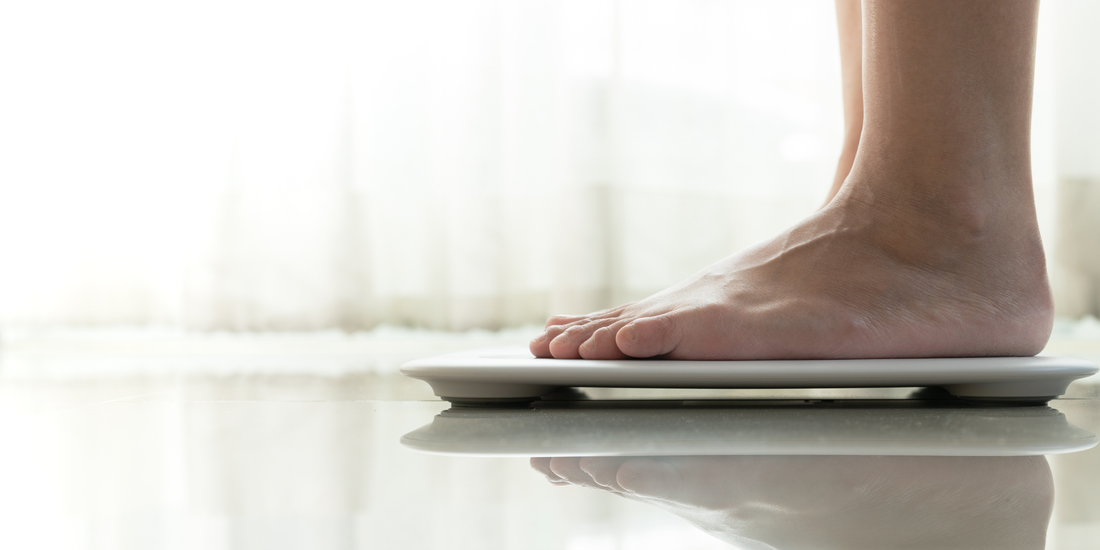
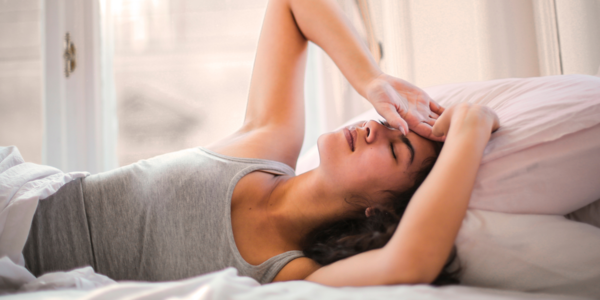
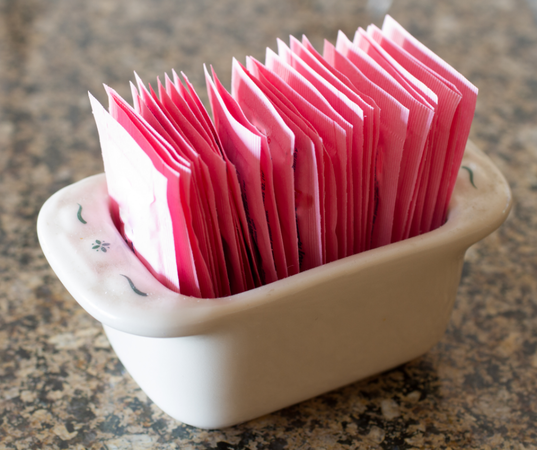


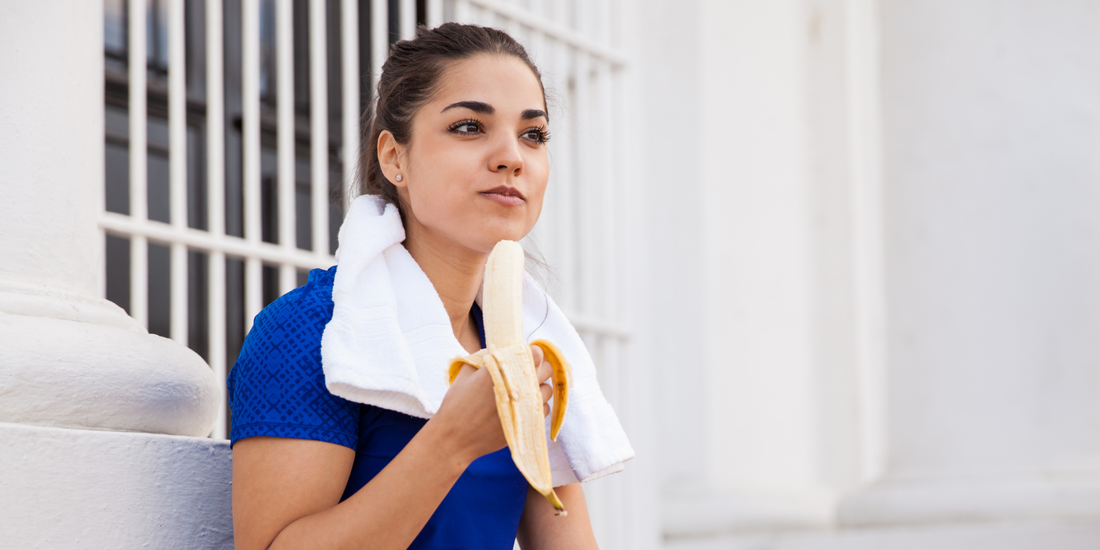
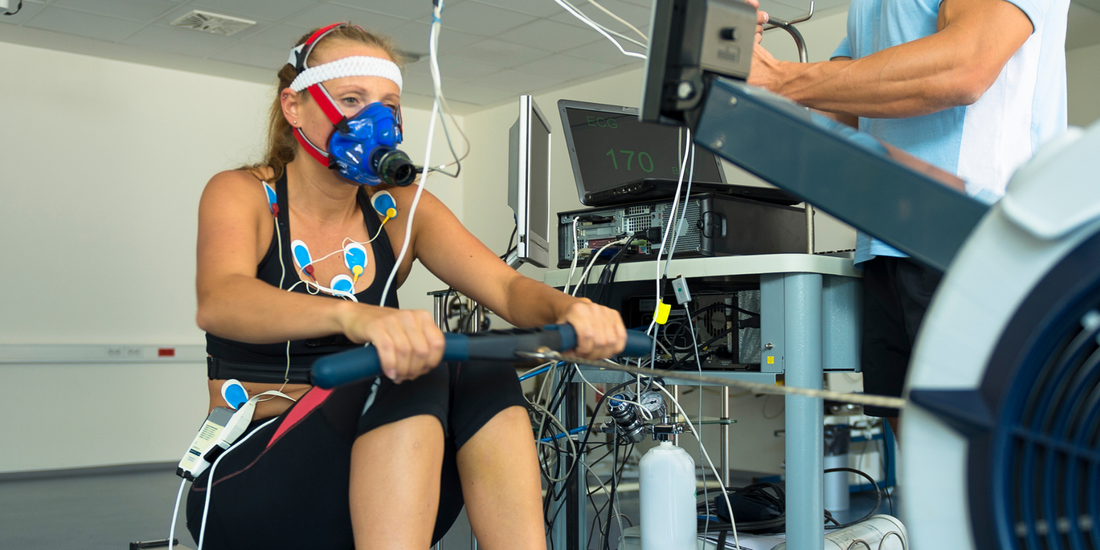


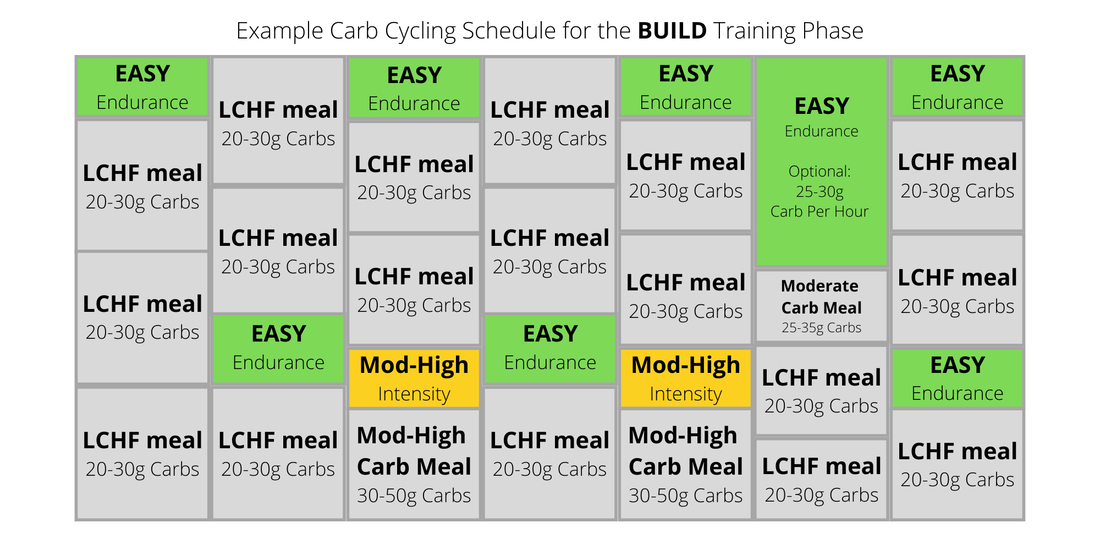
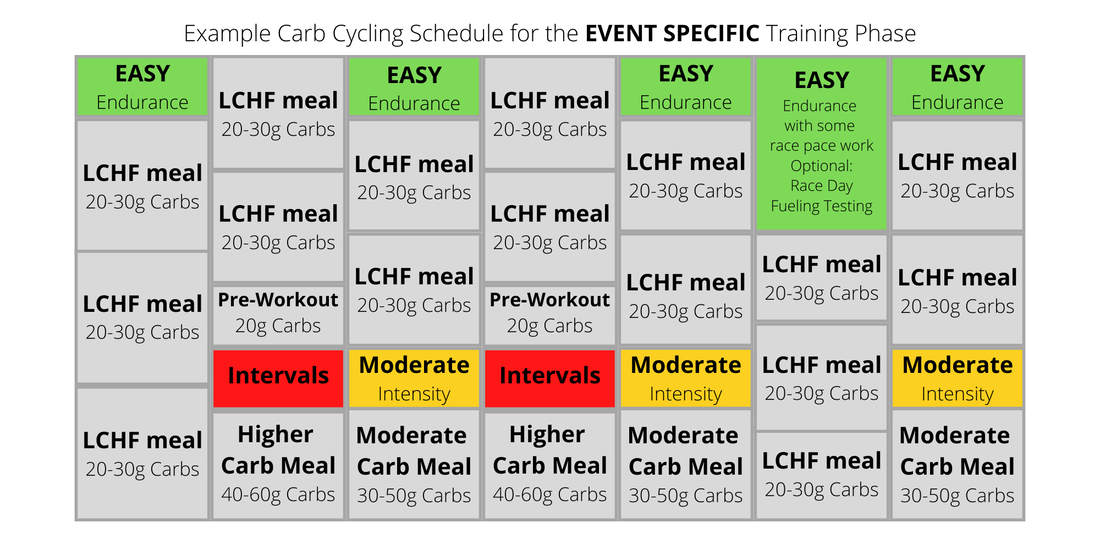
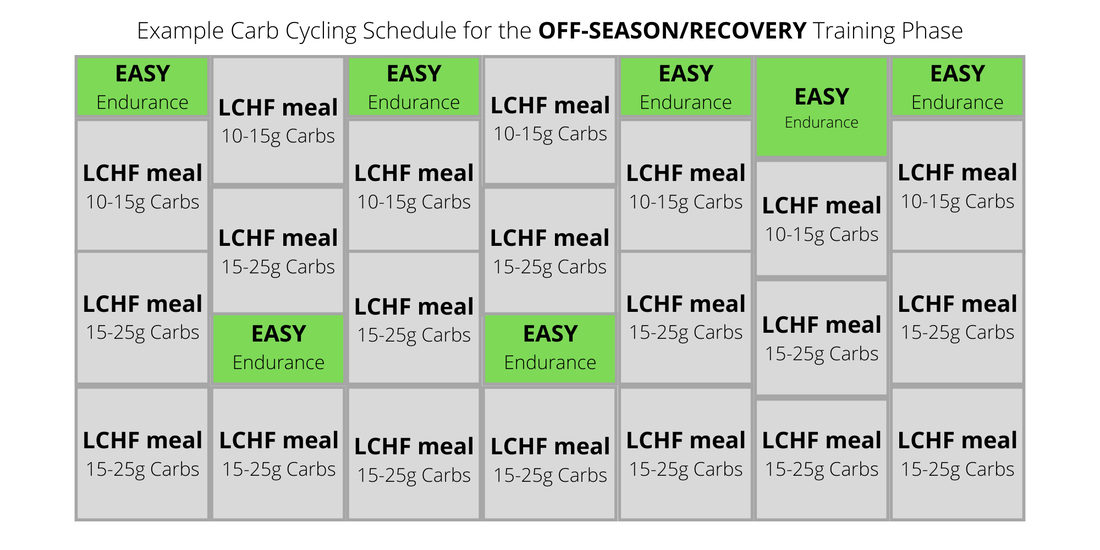


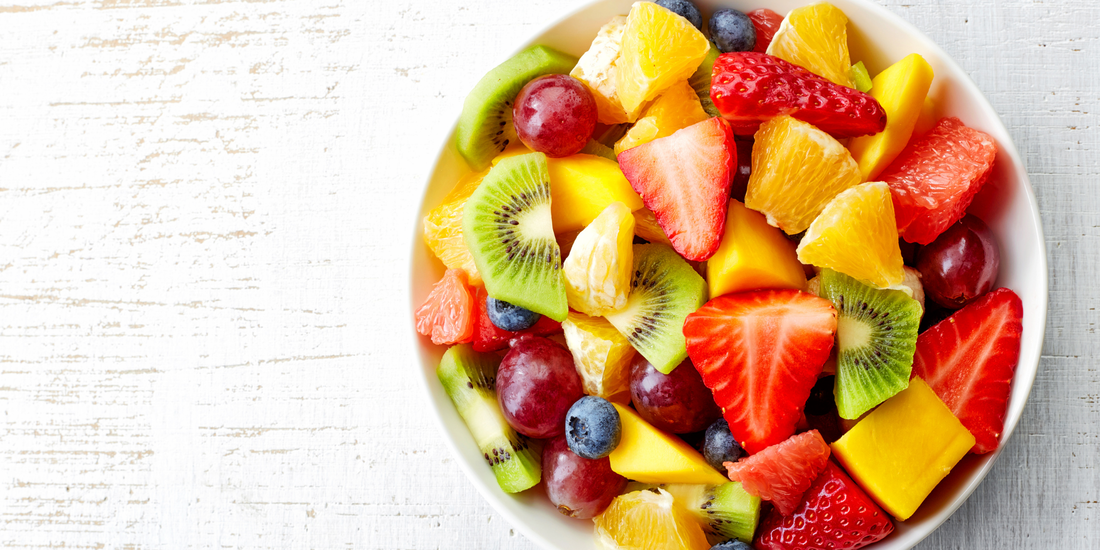
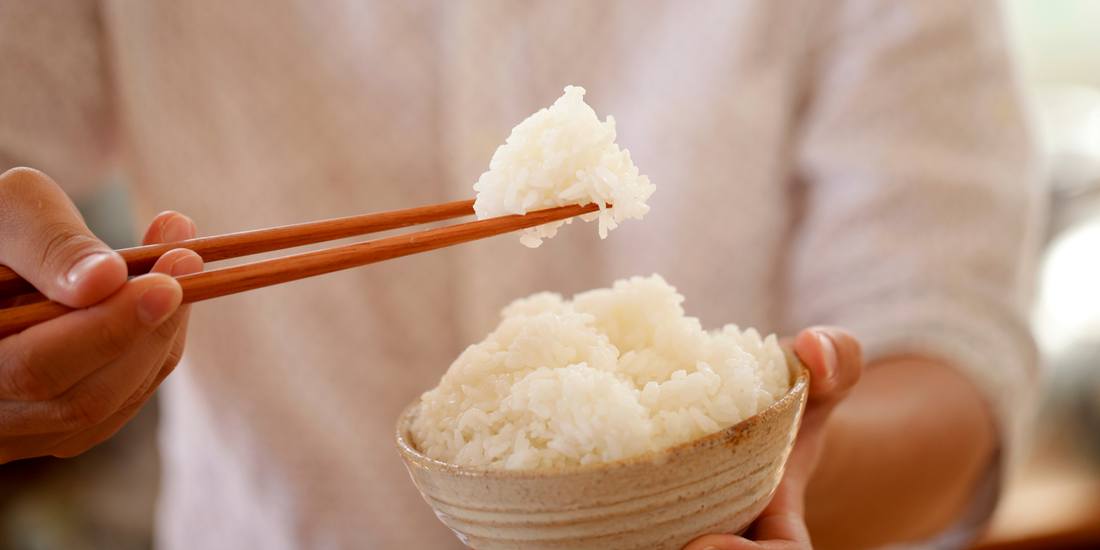



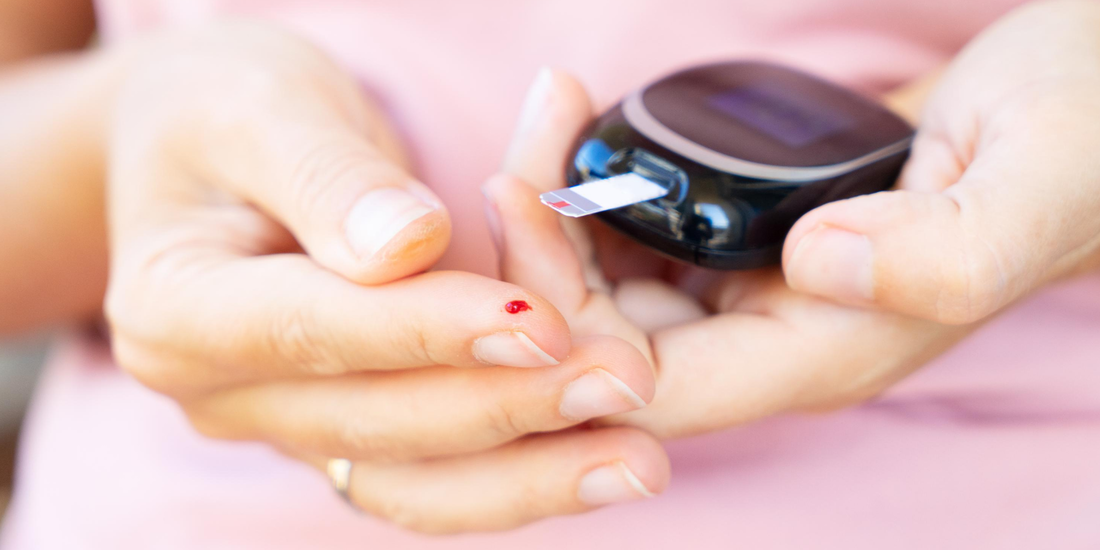



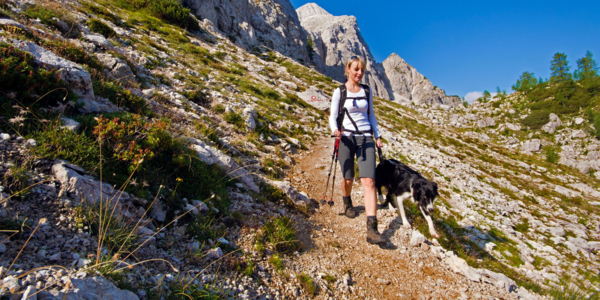

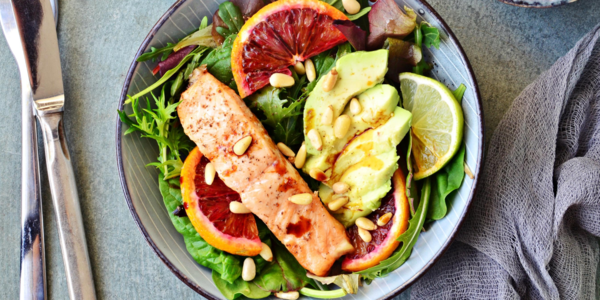
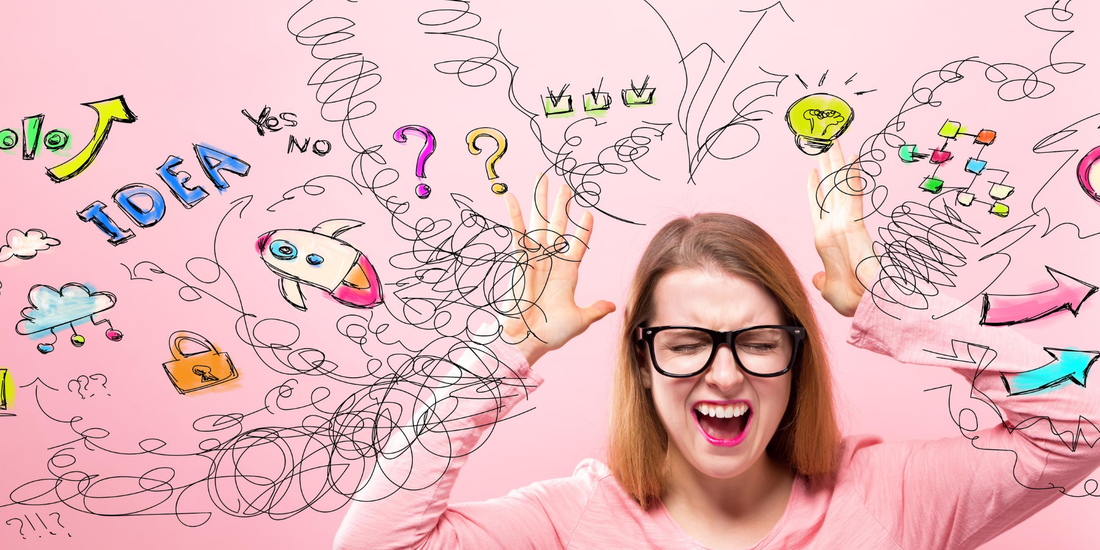
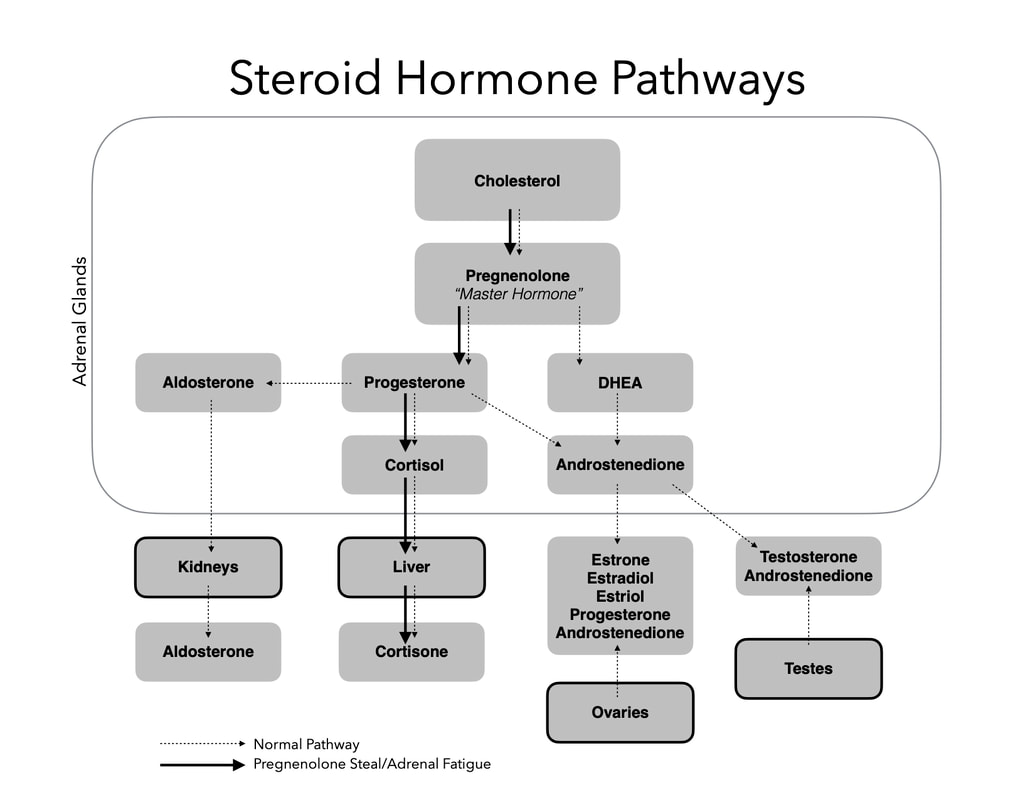


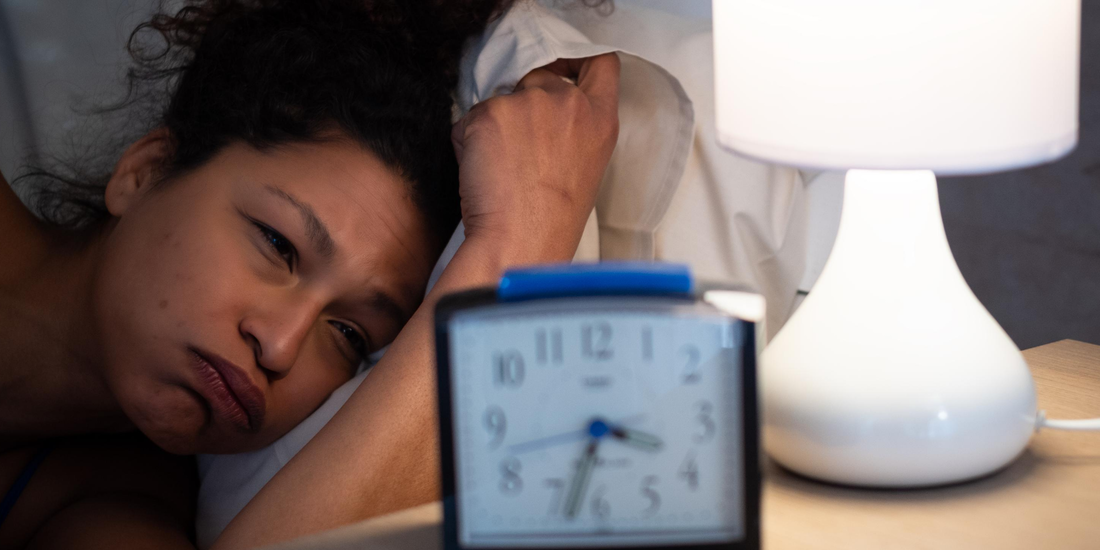


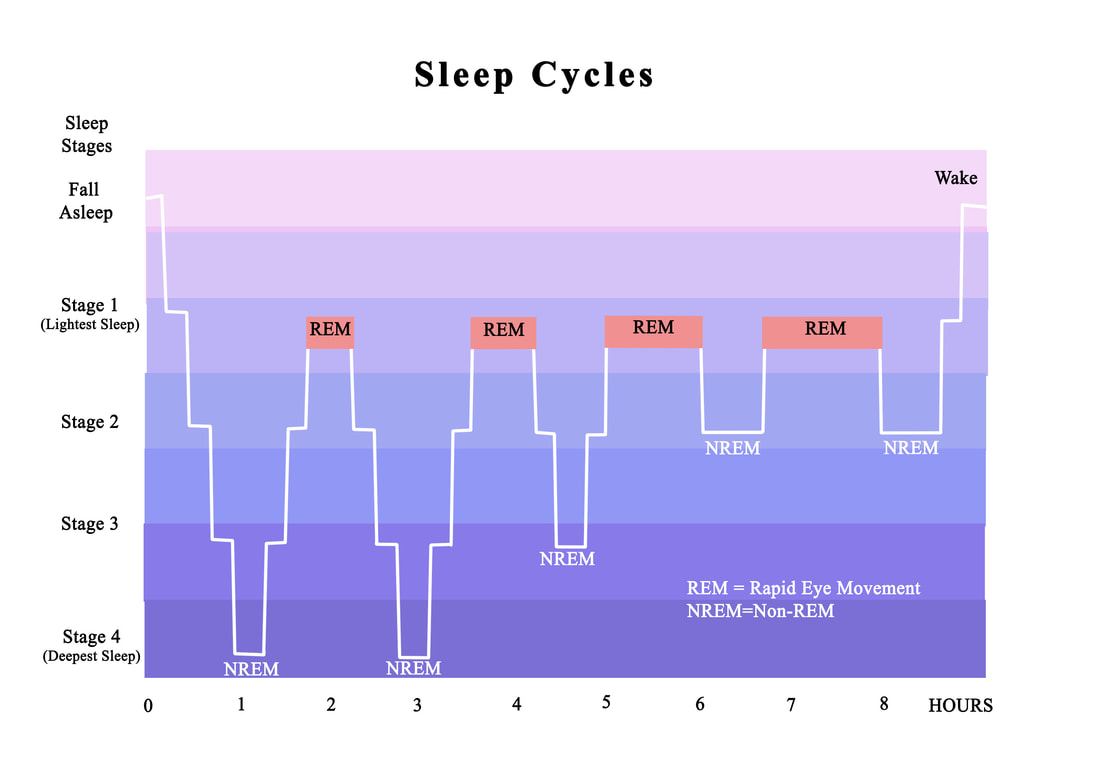
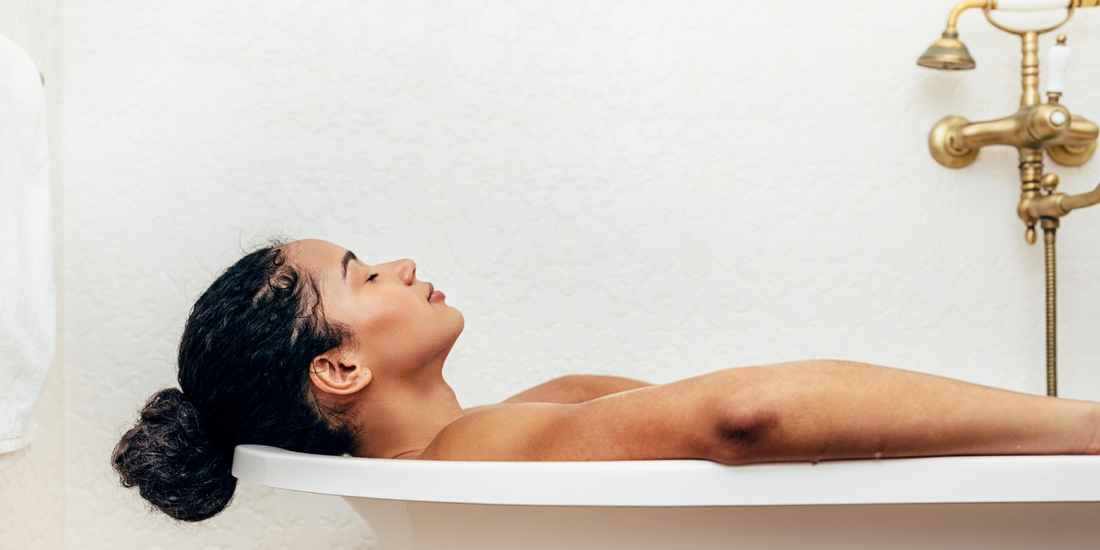

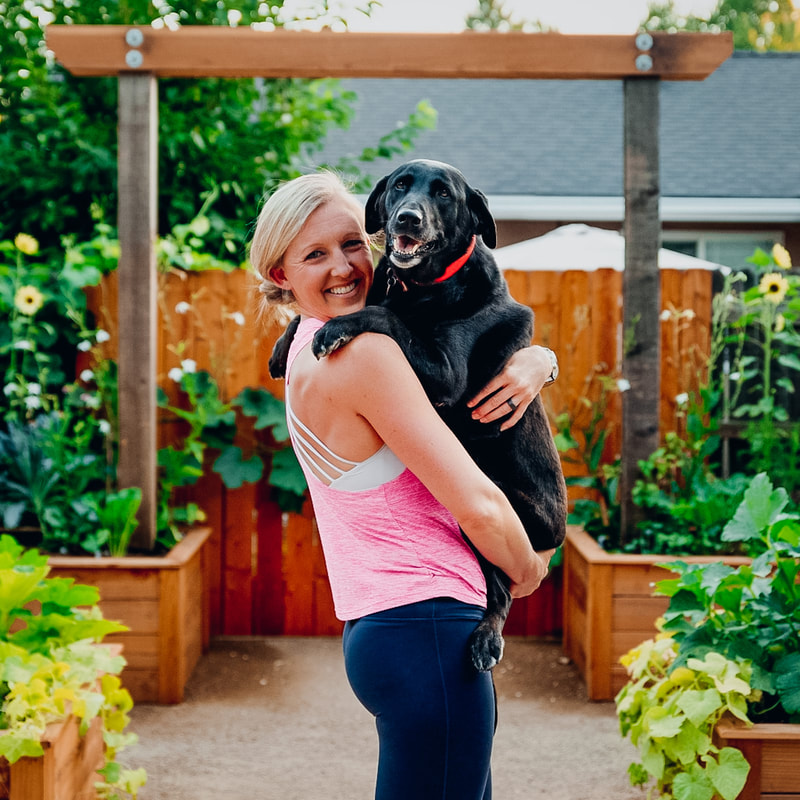
 RSS Feed
RSS Feed